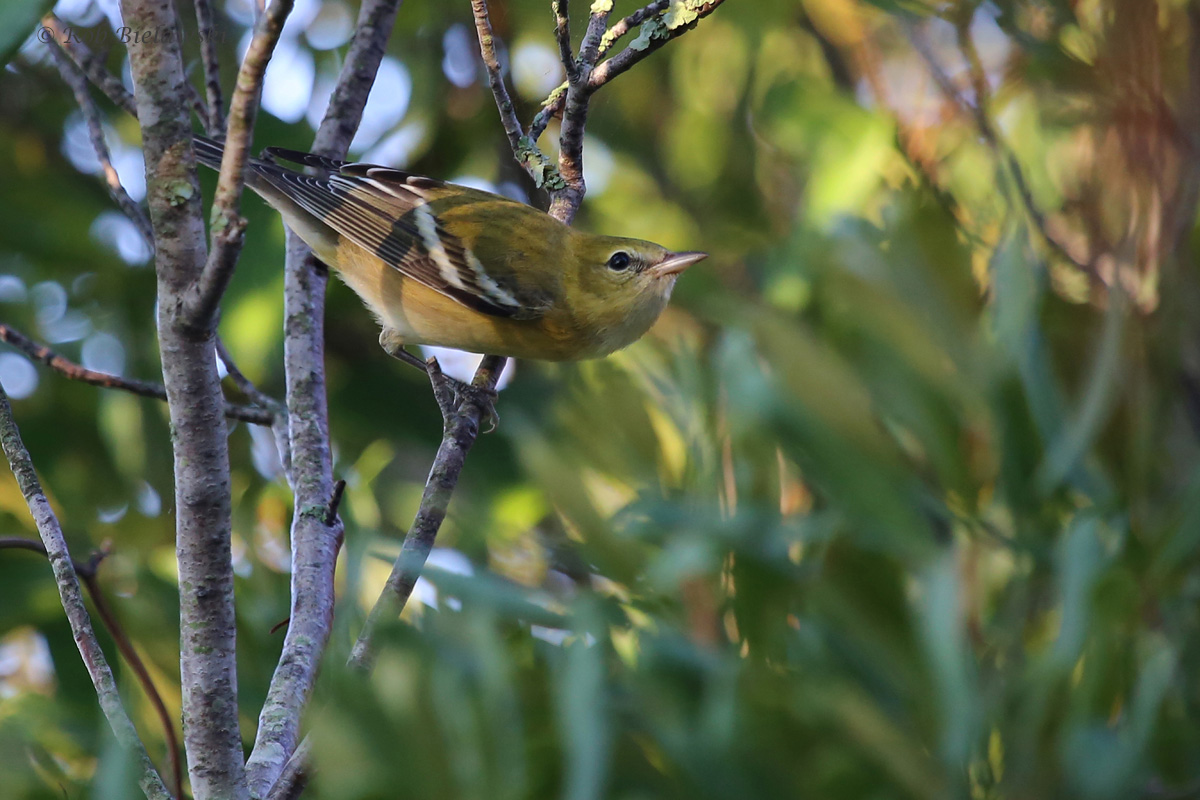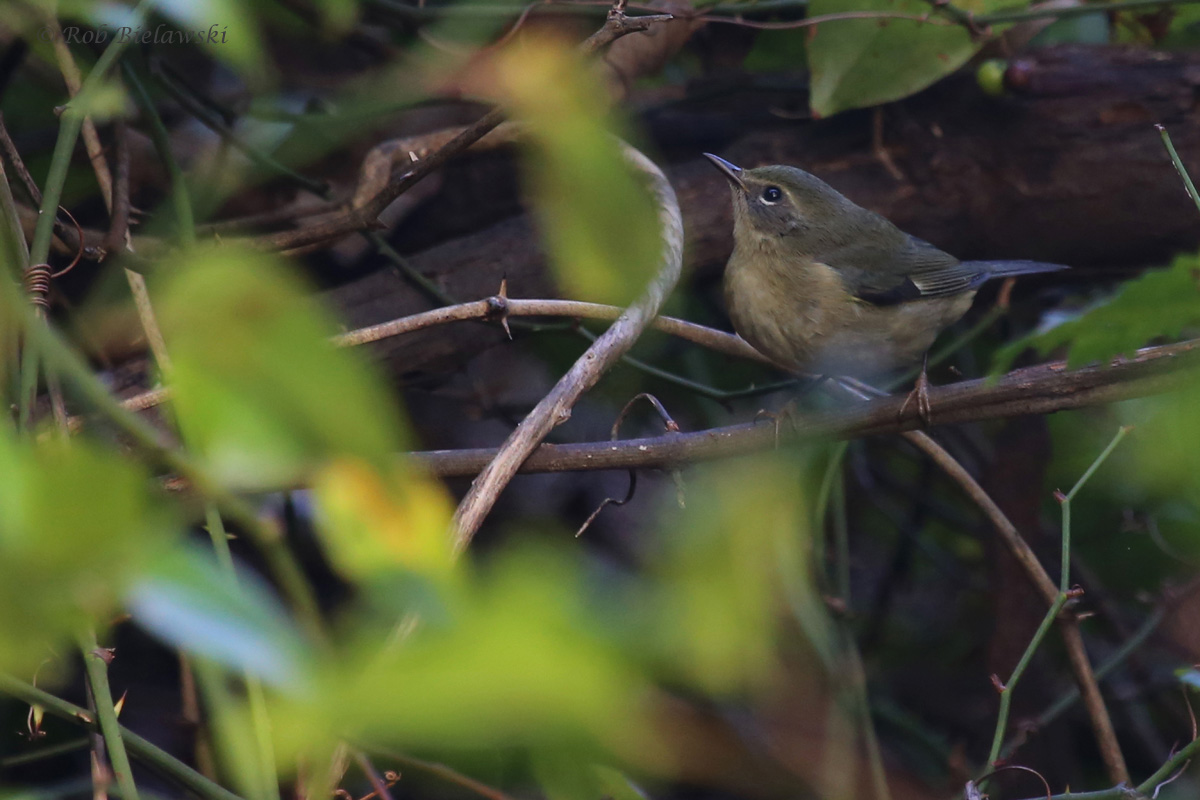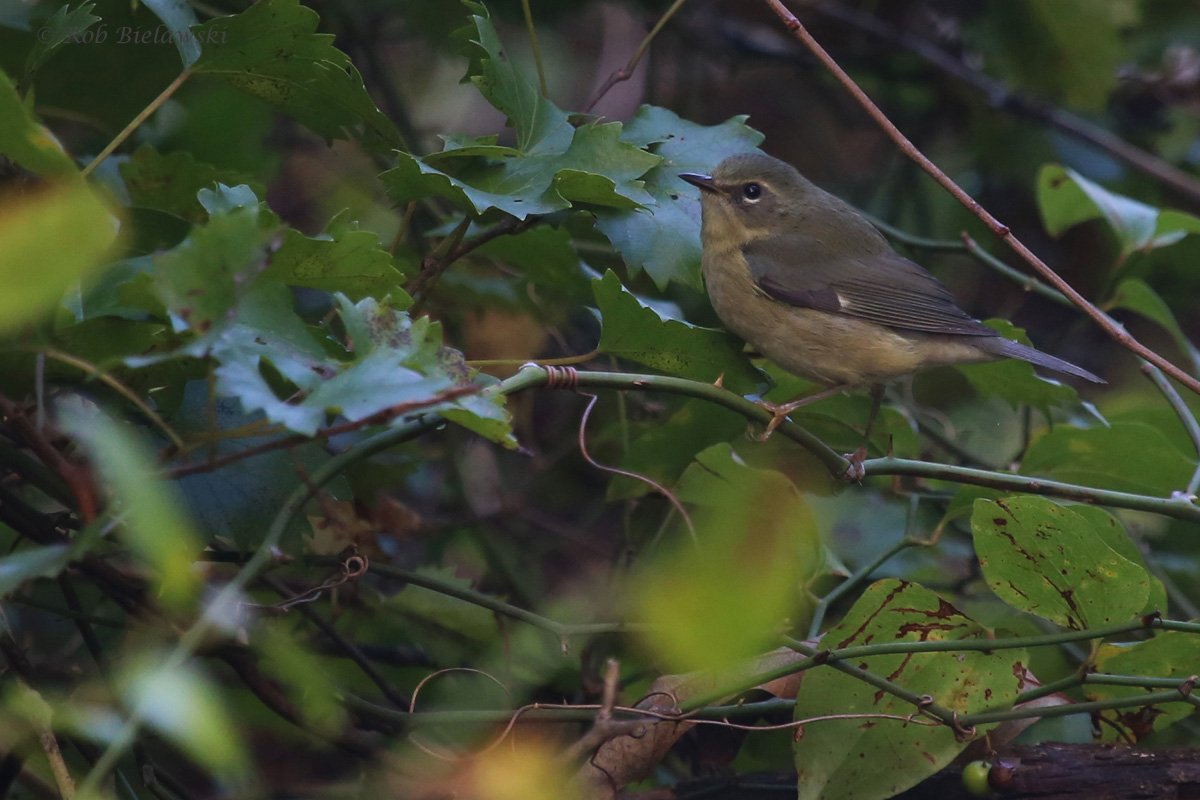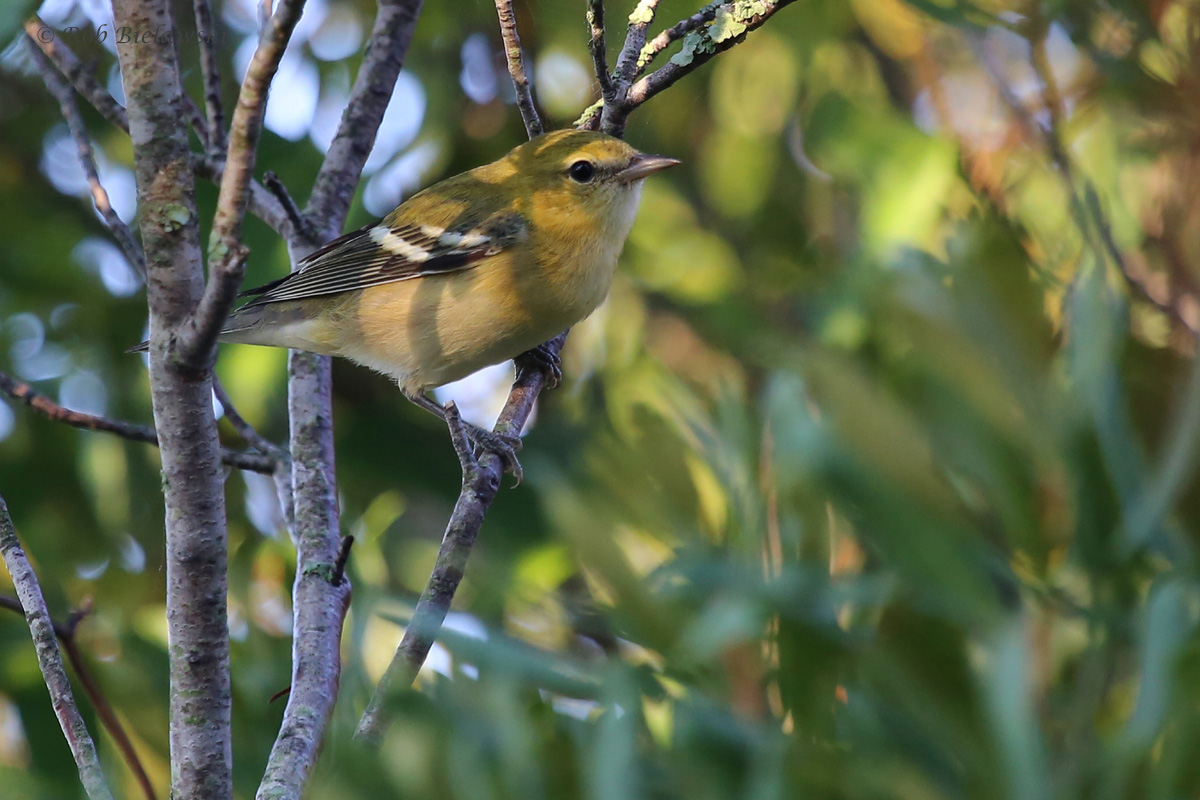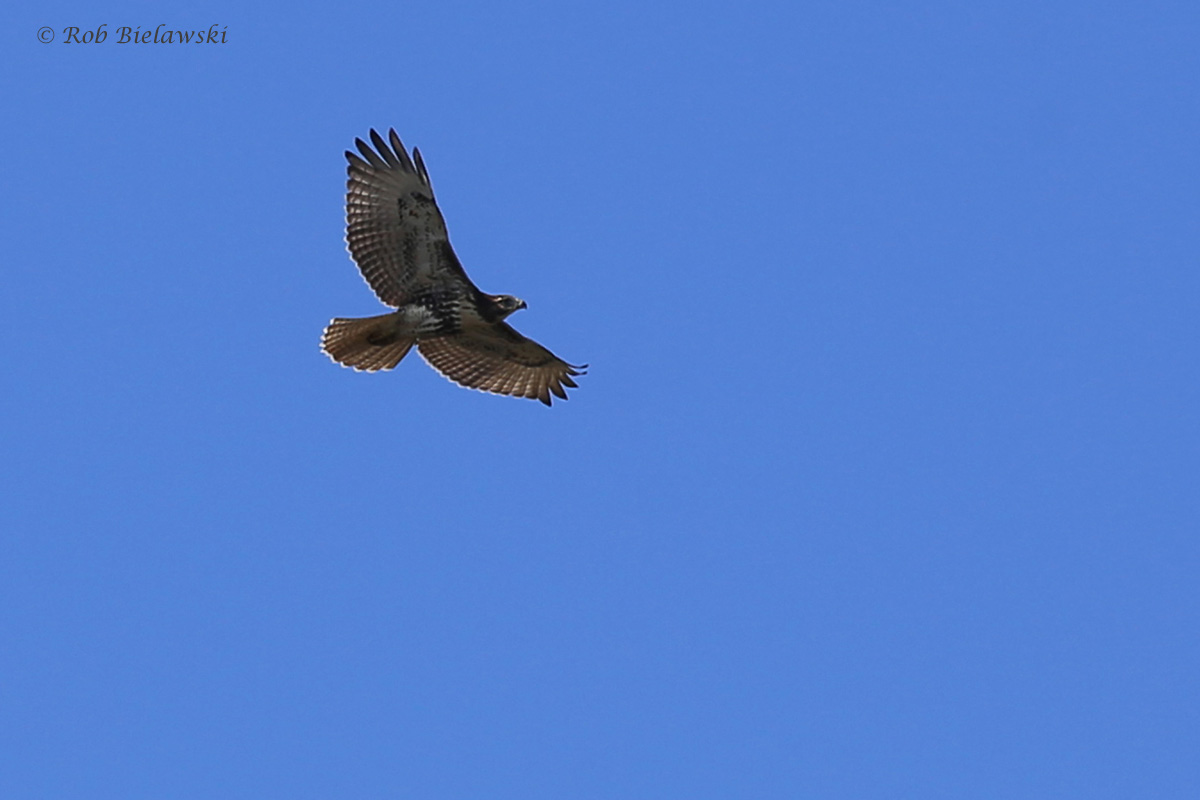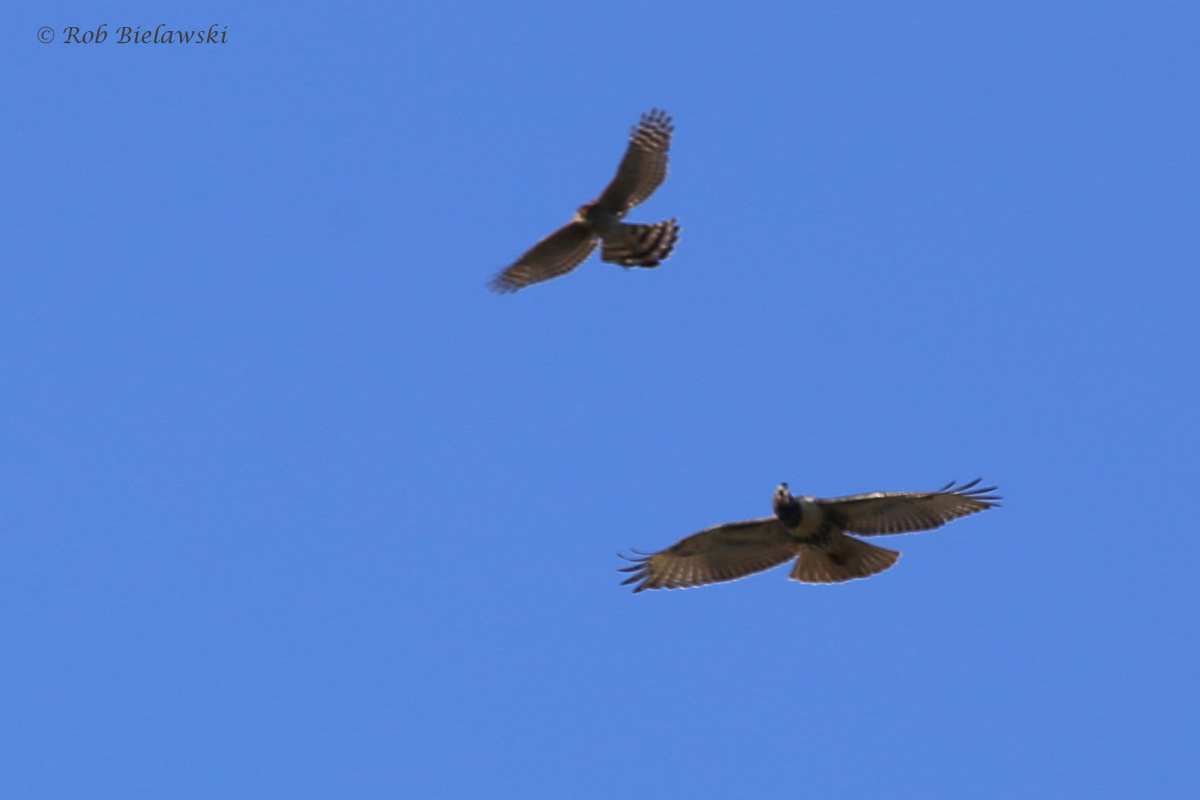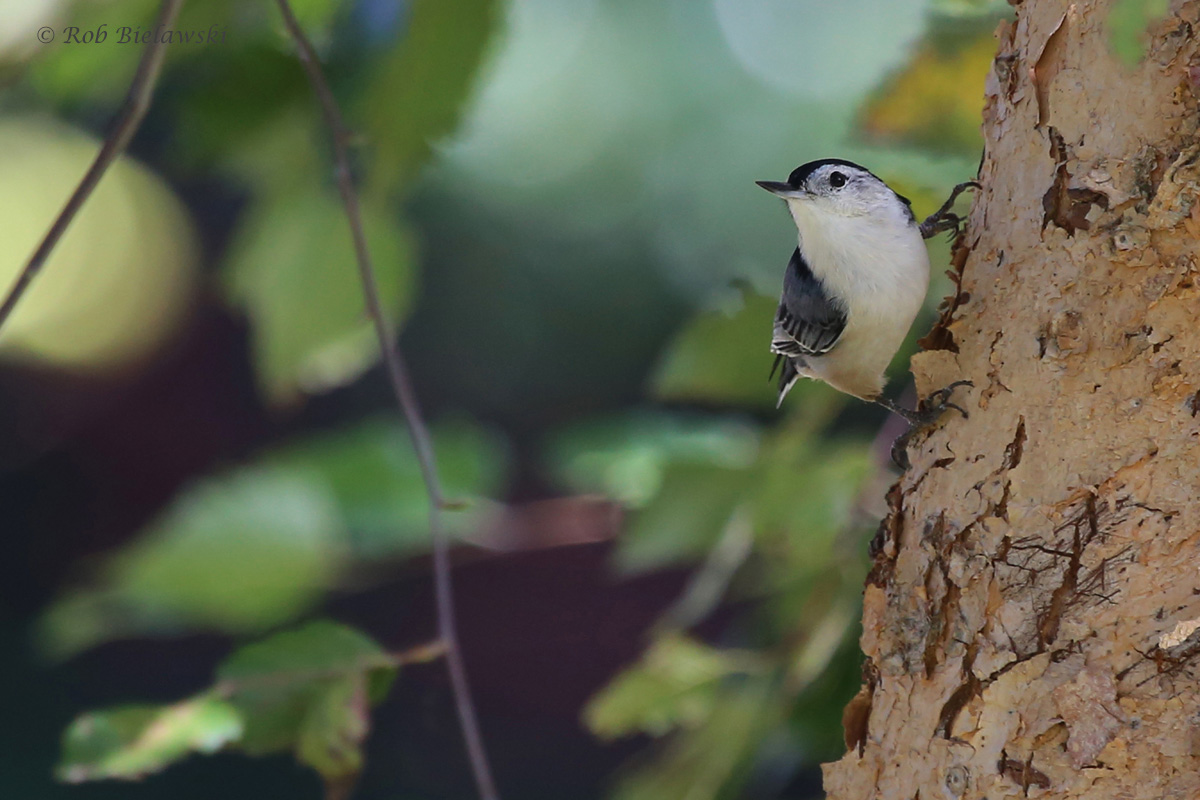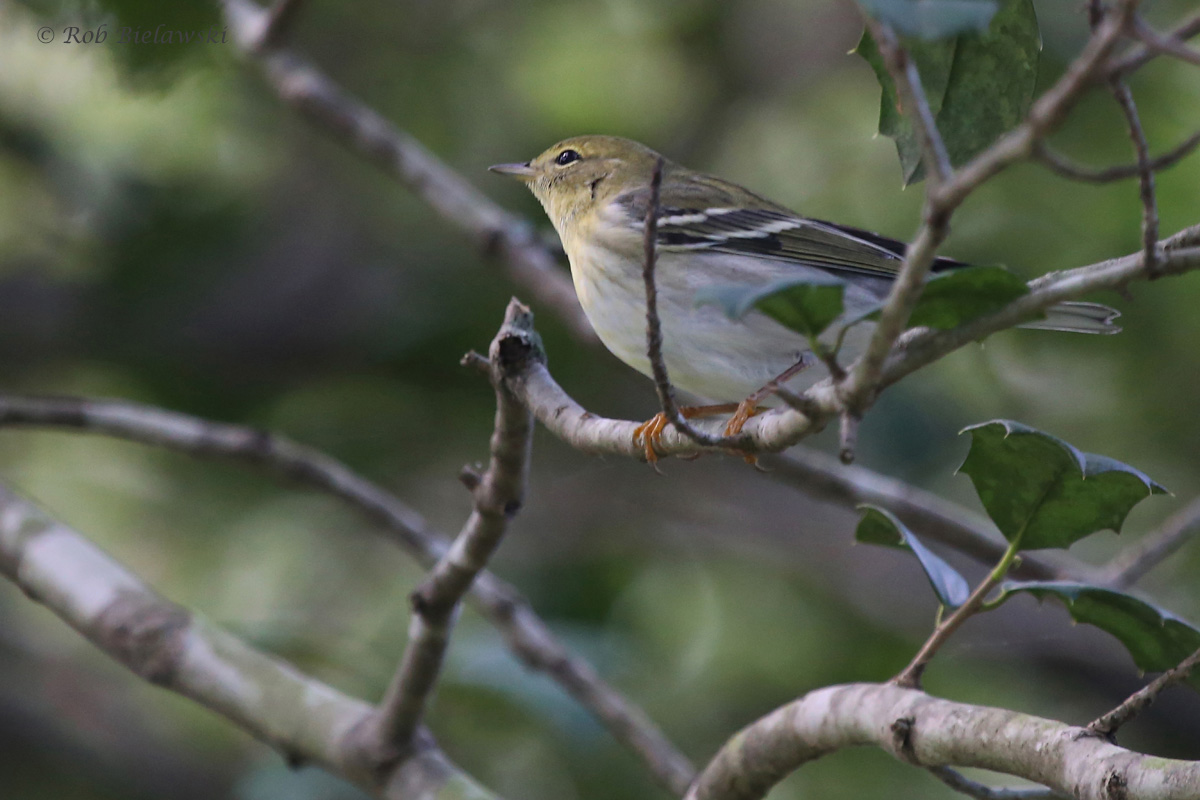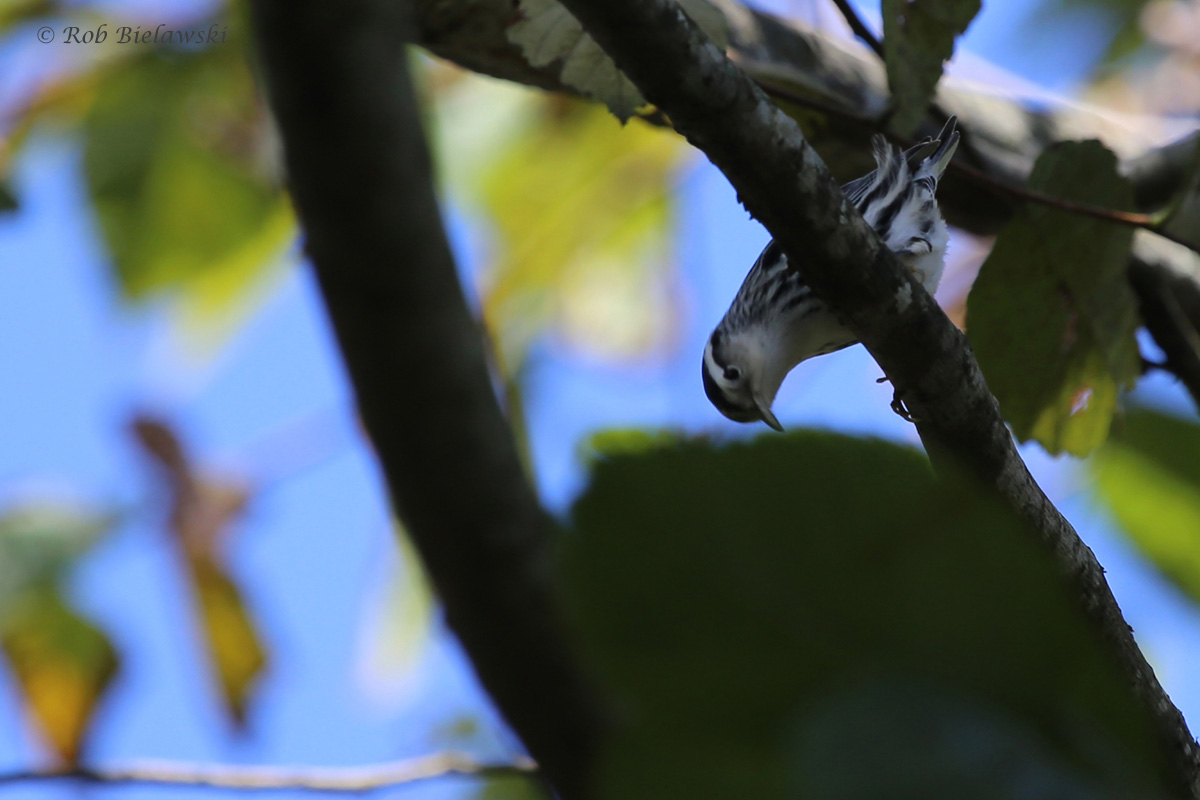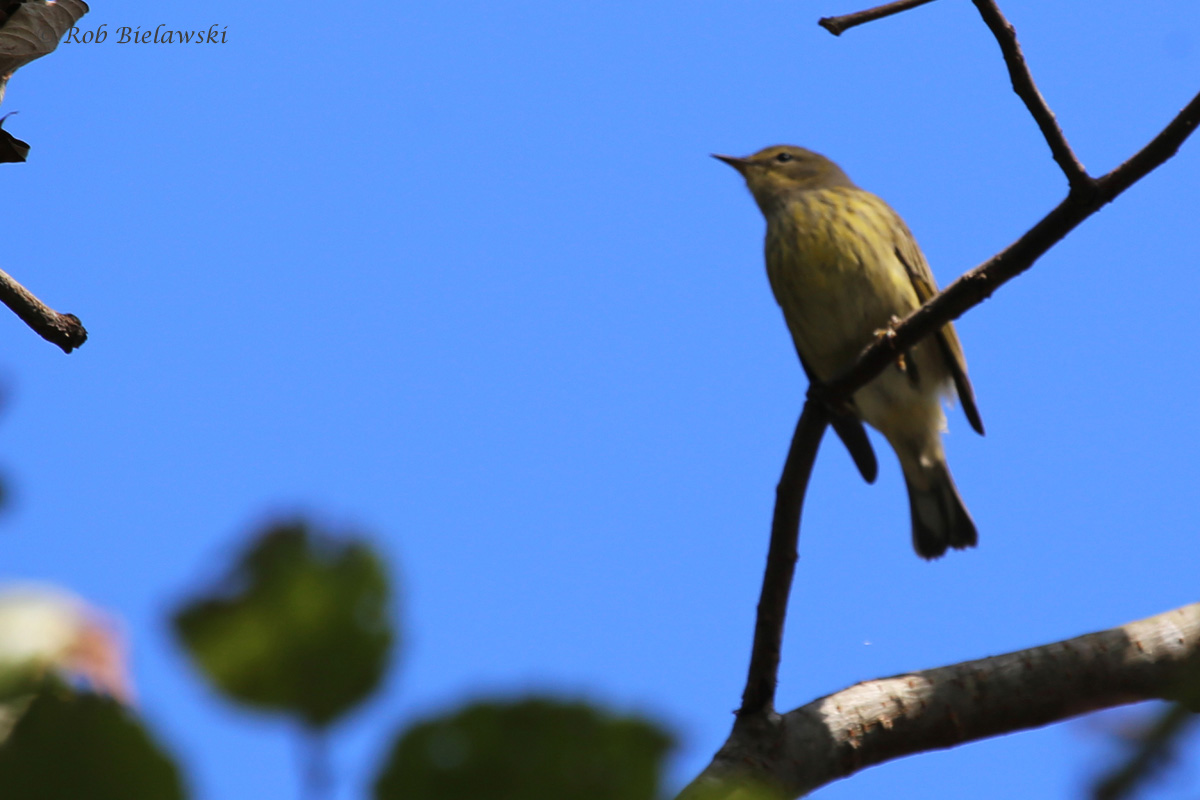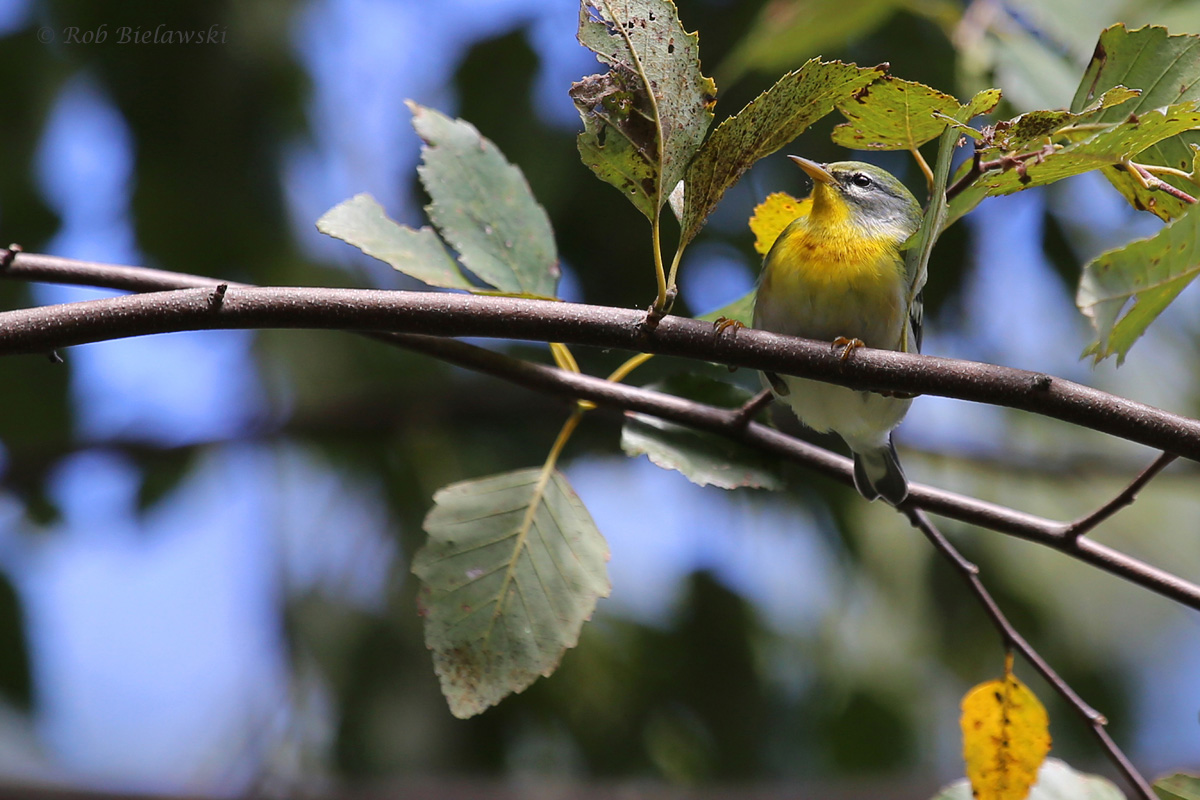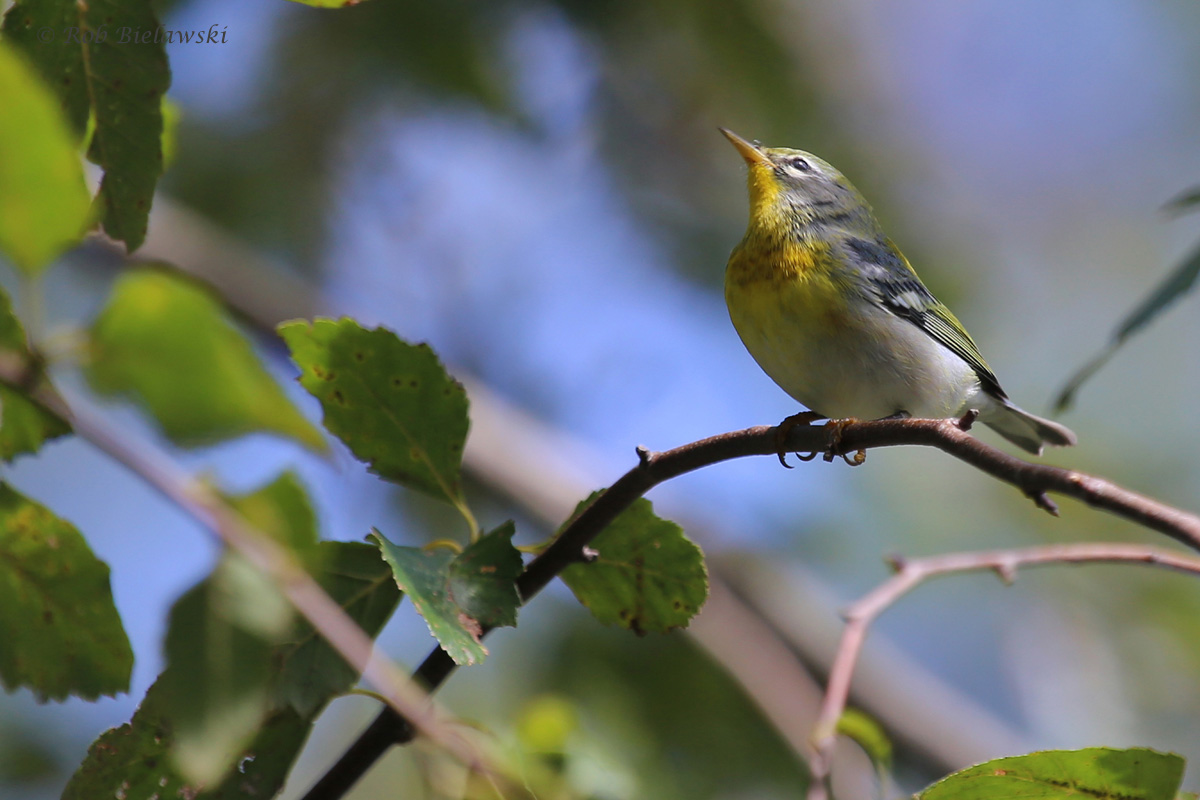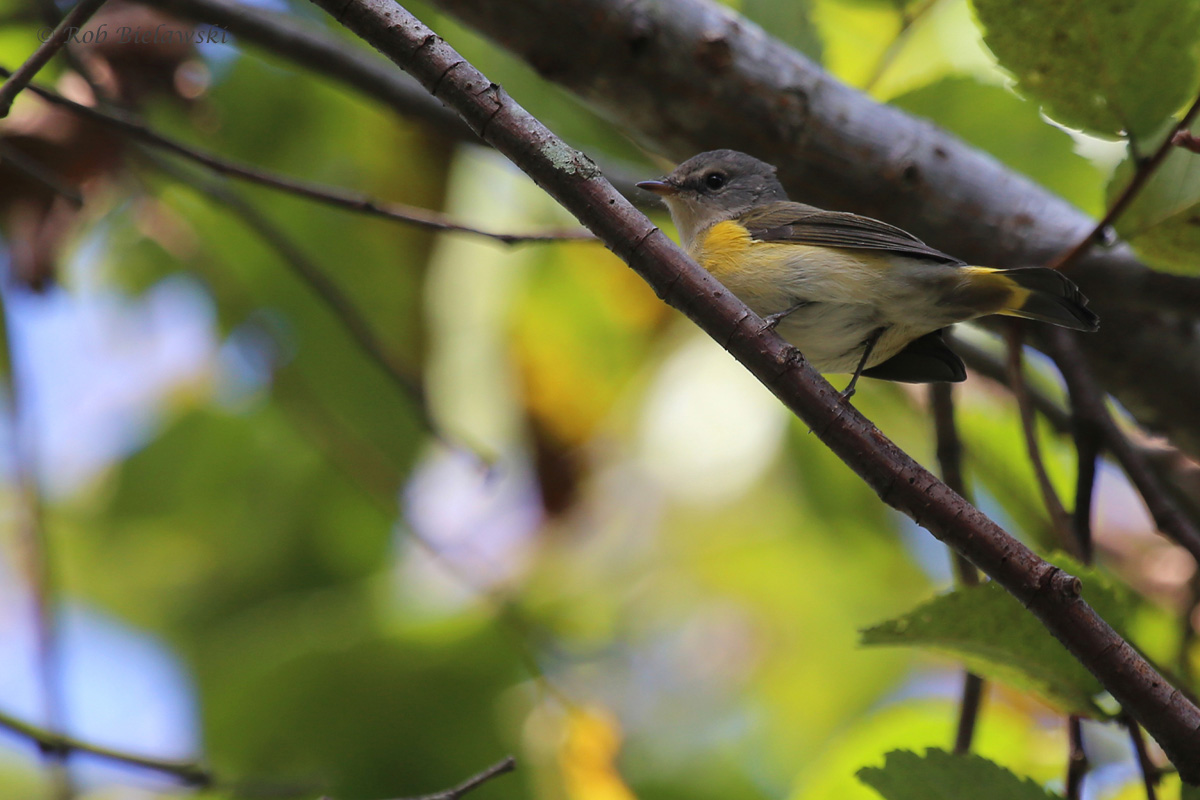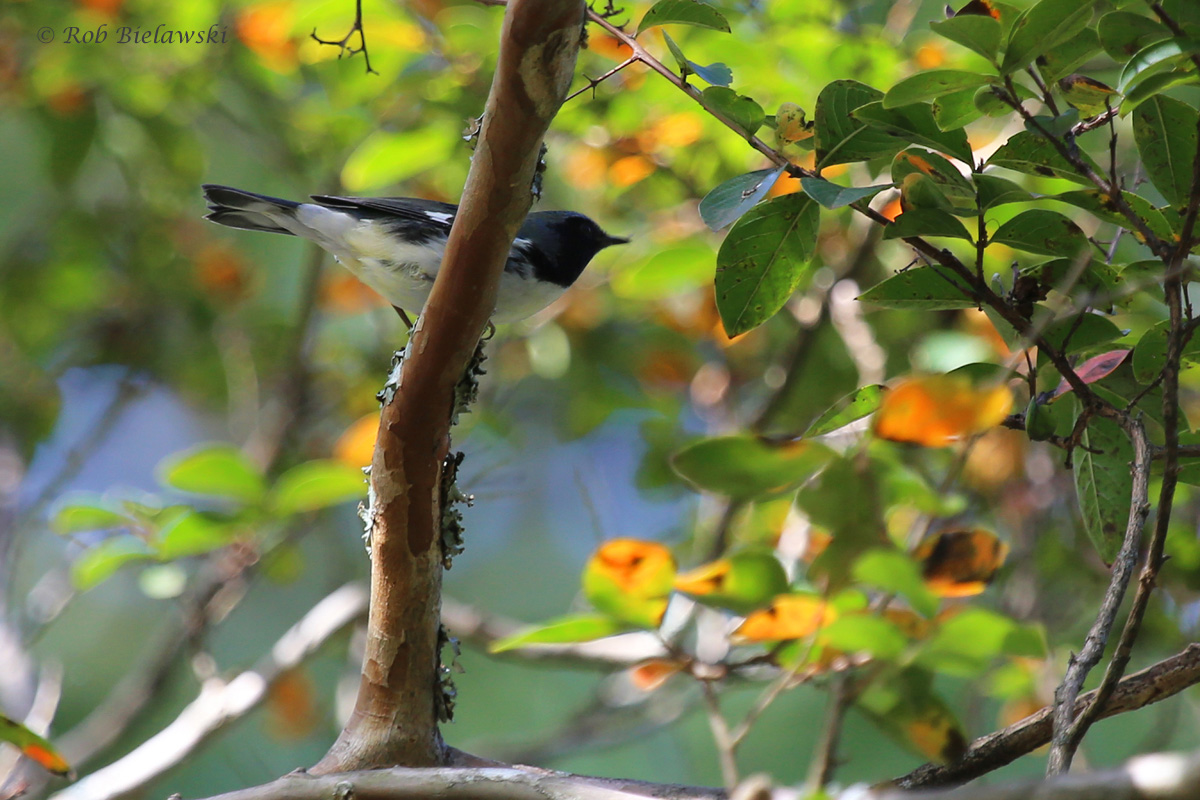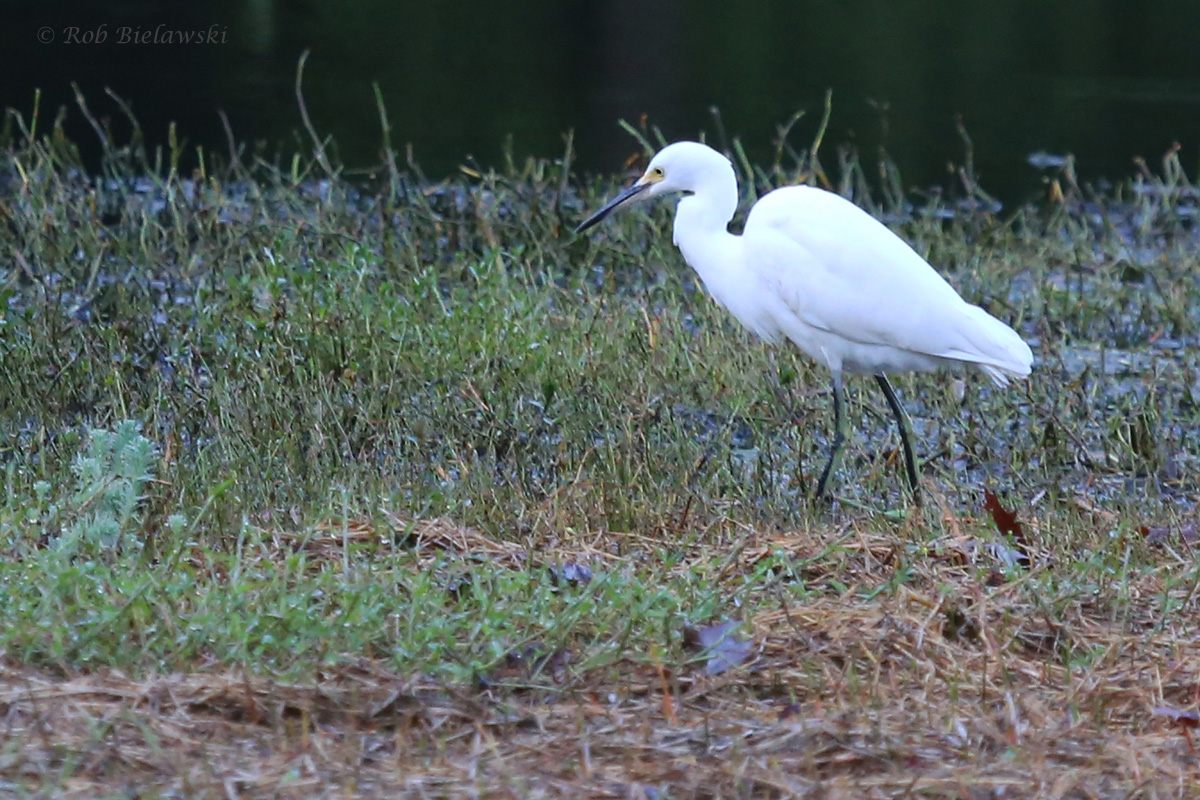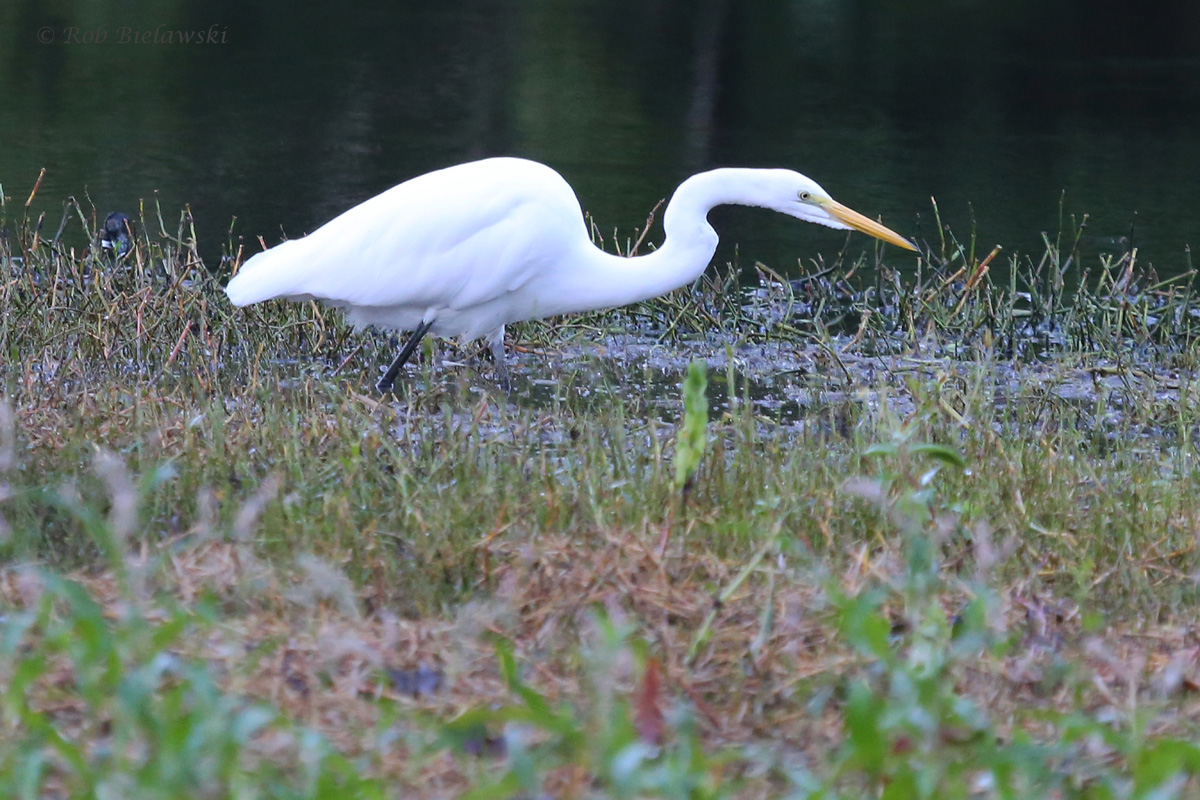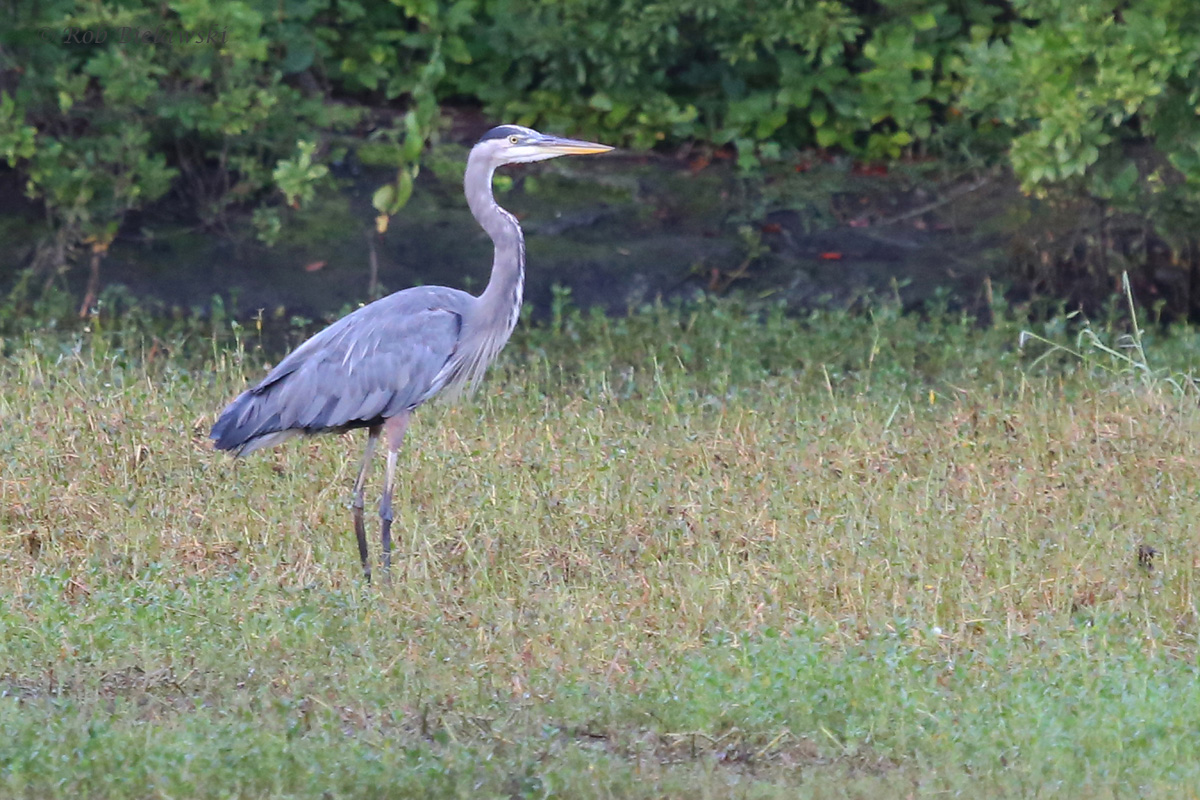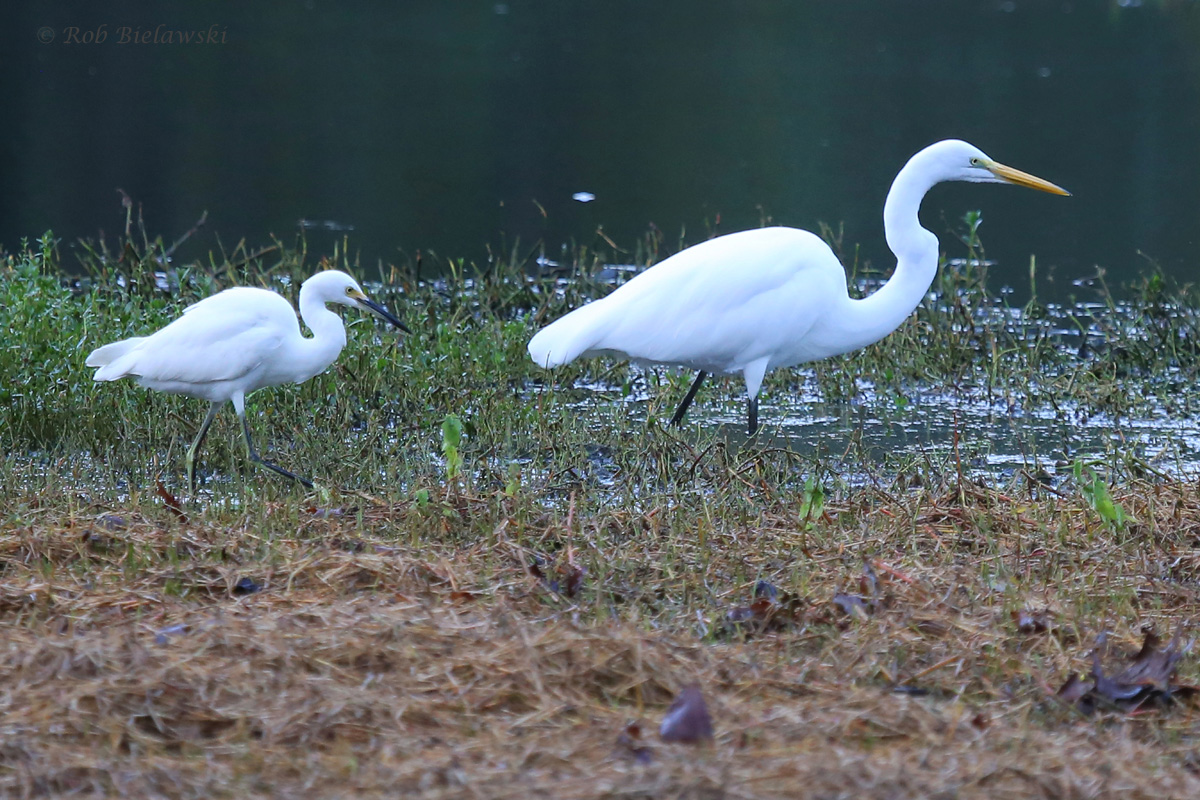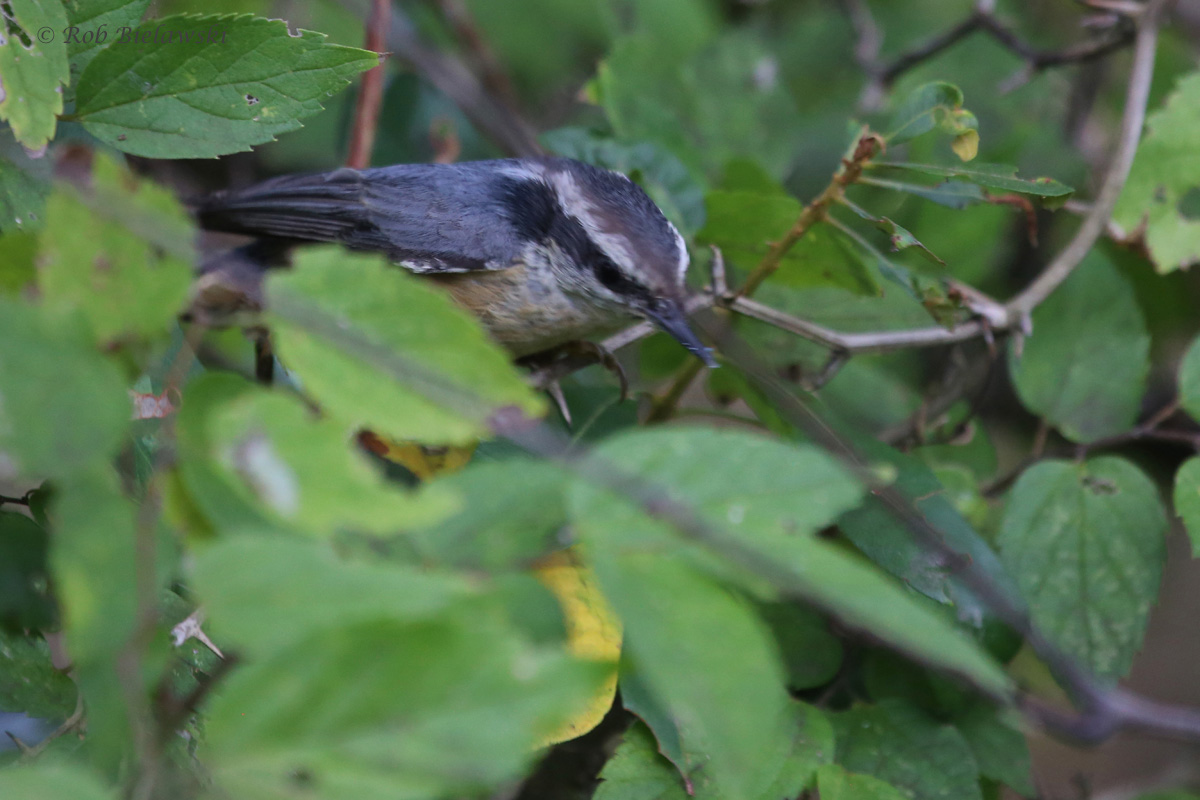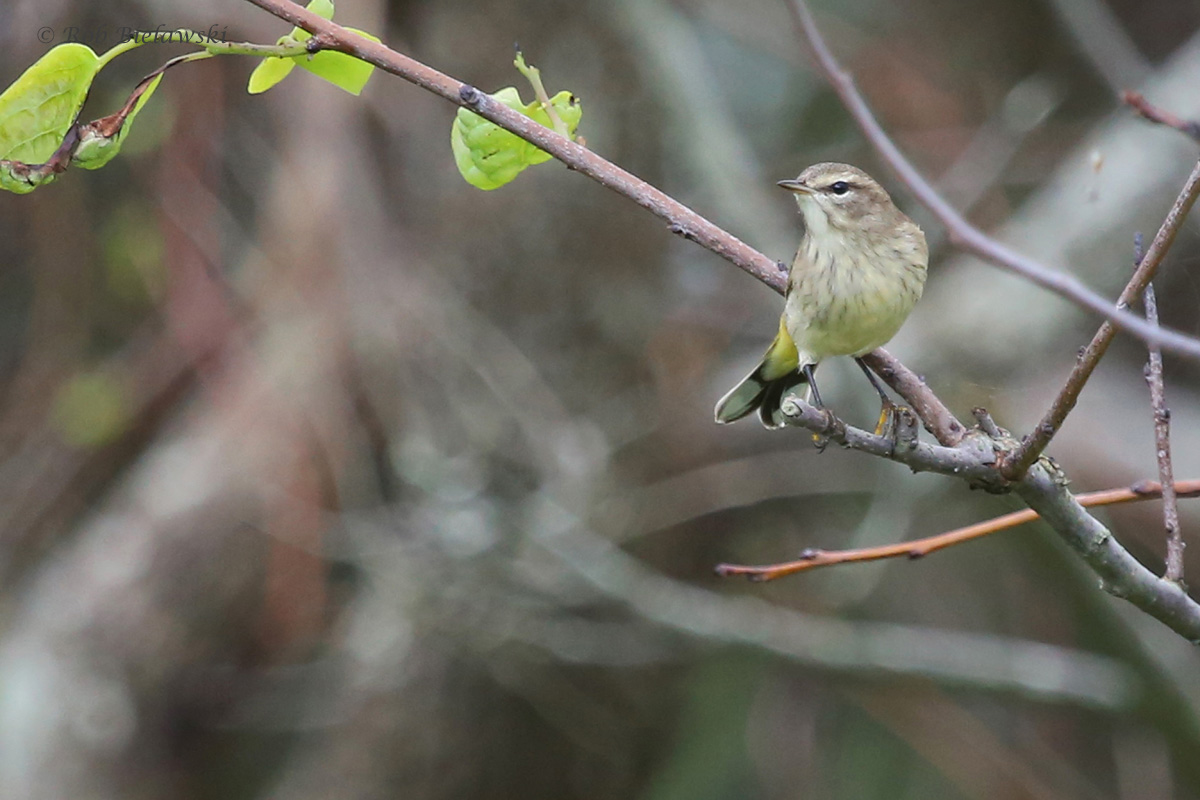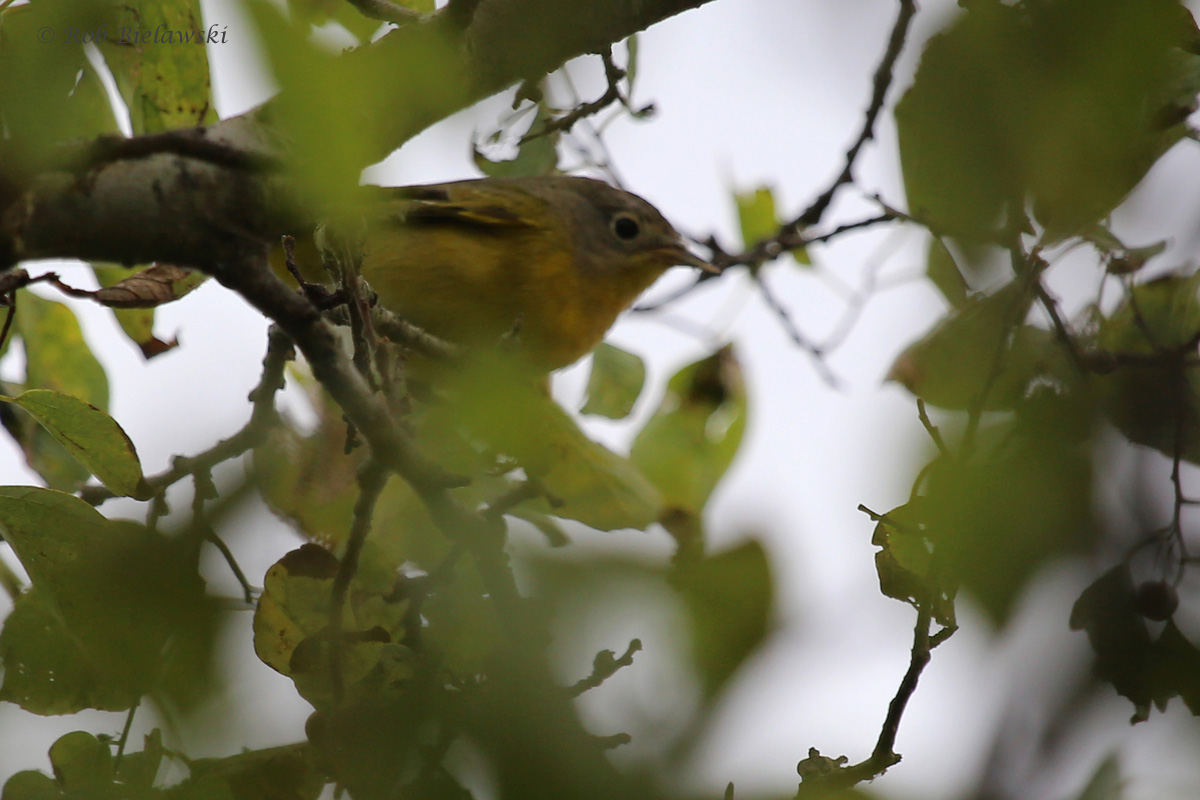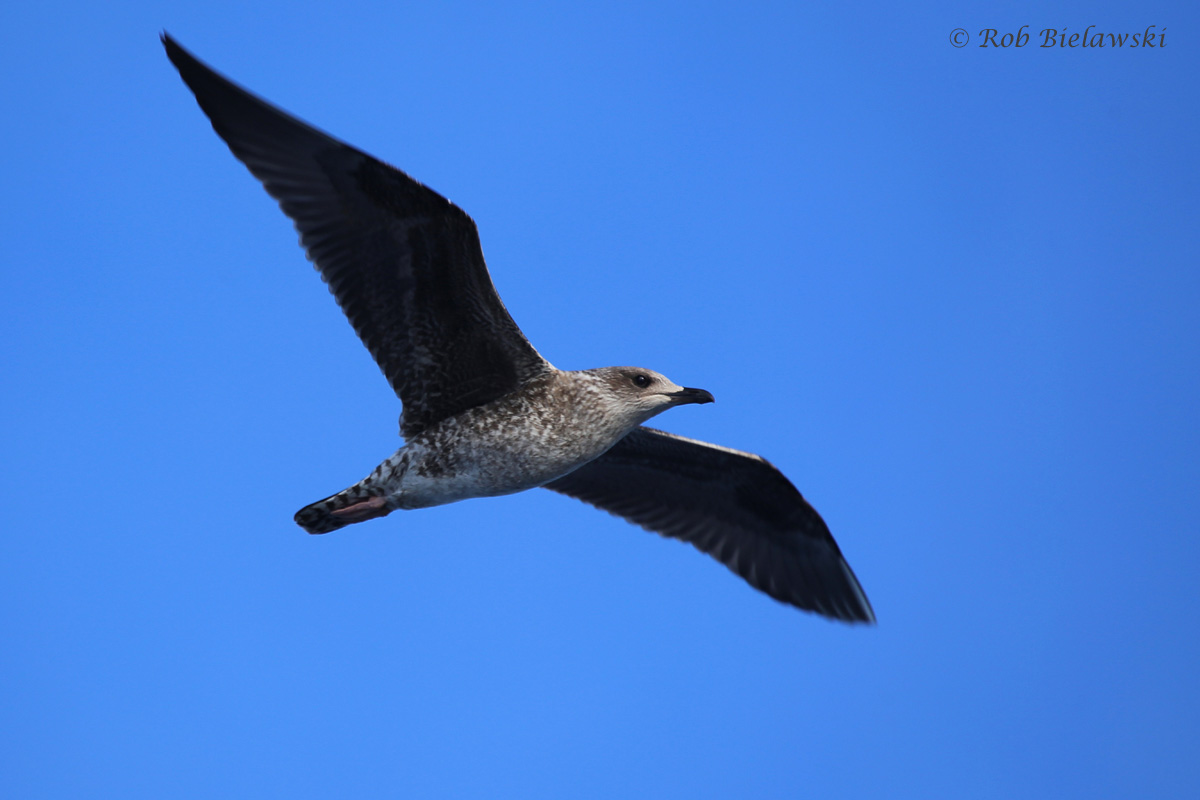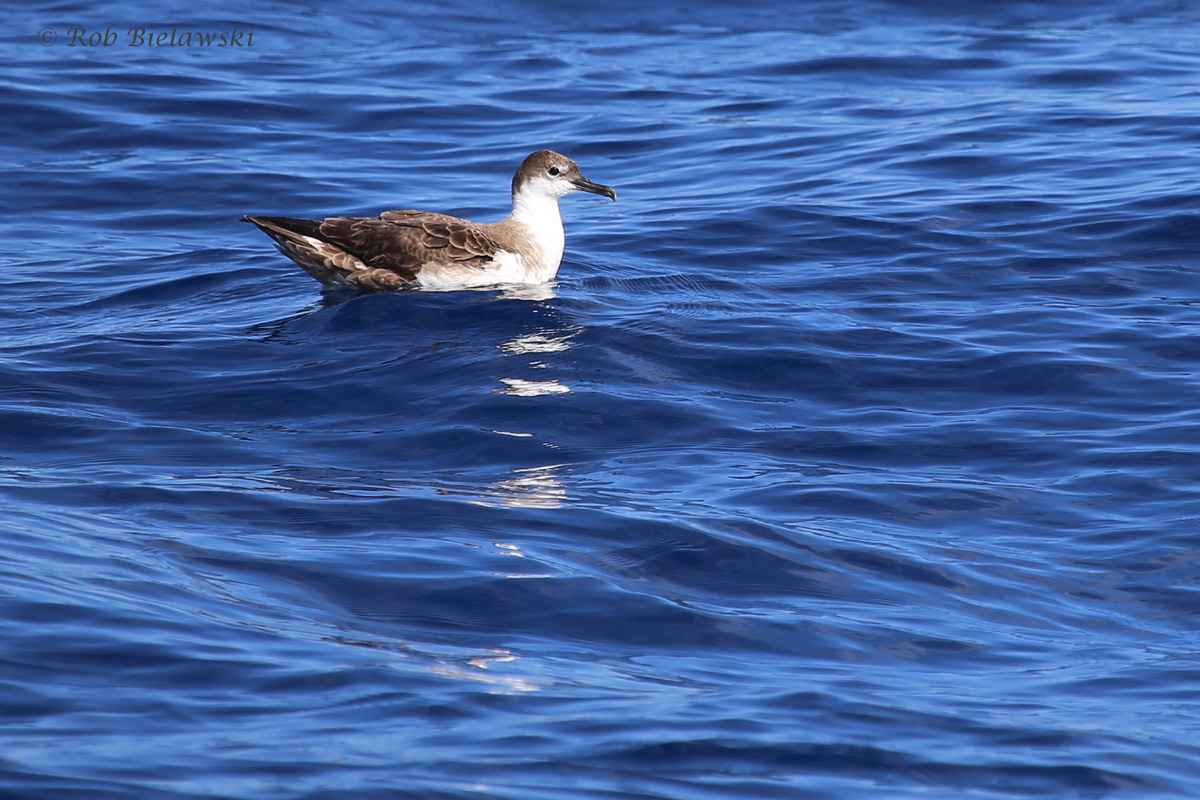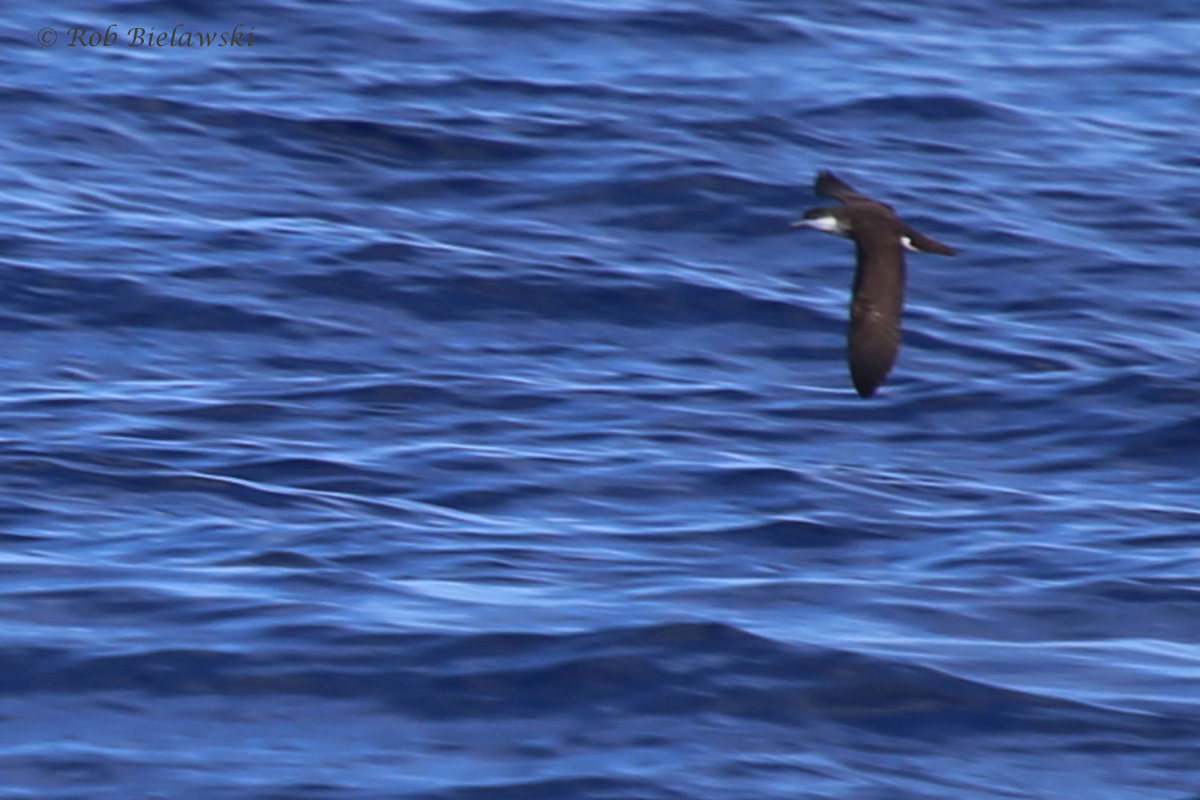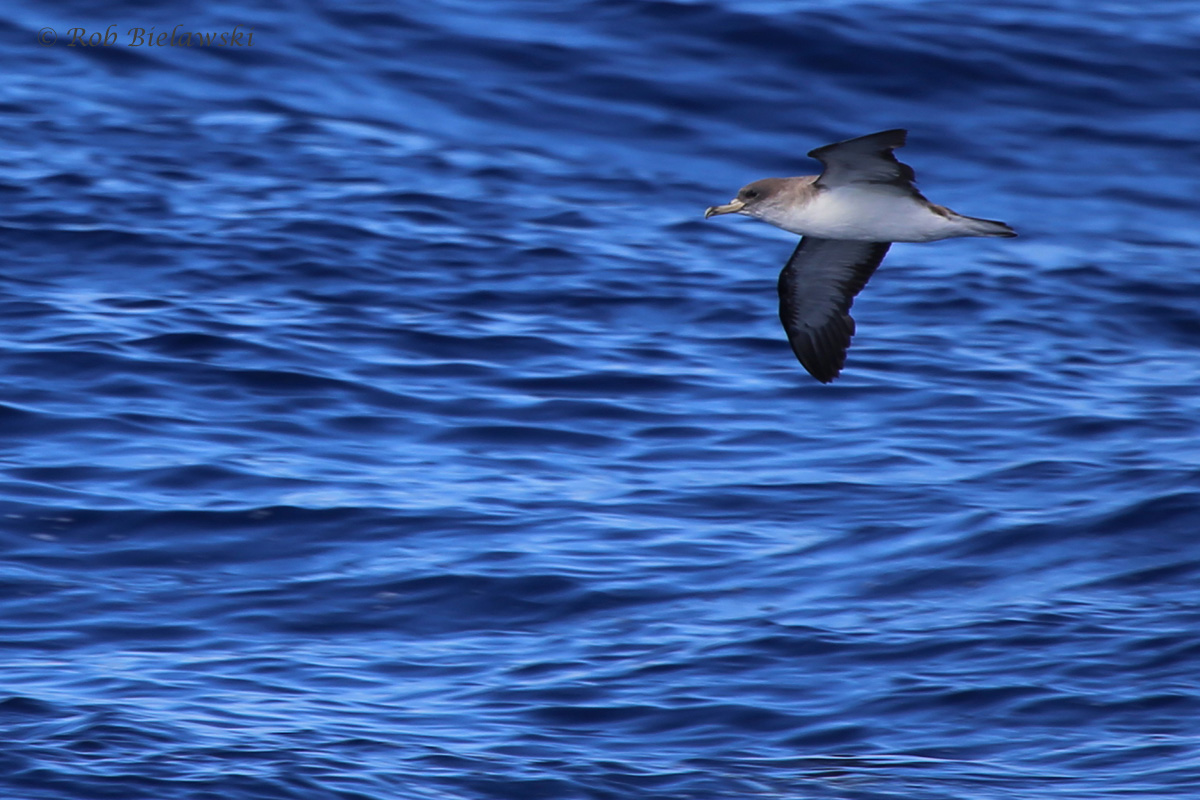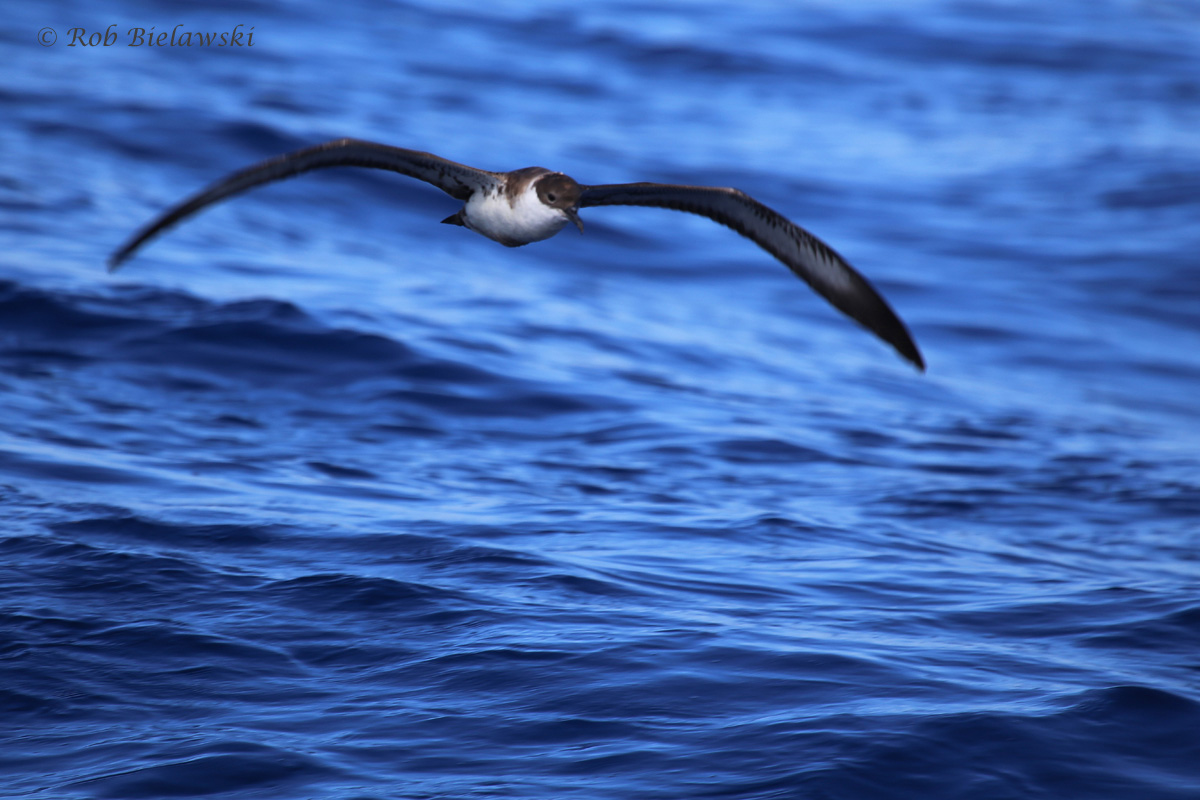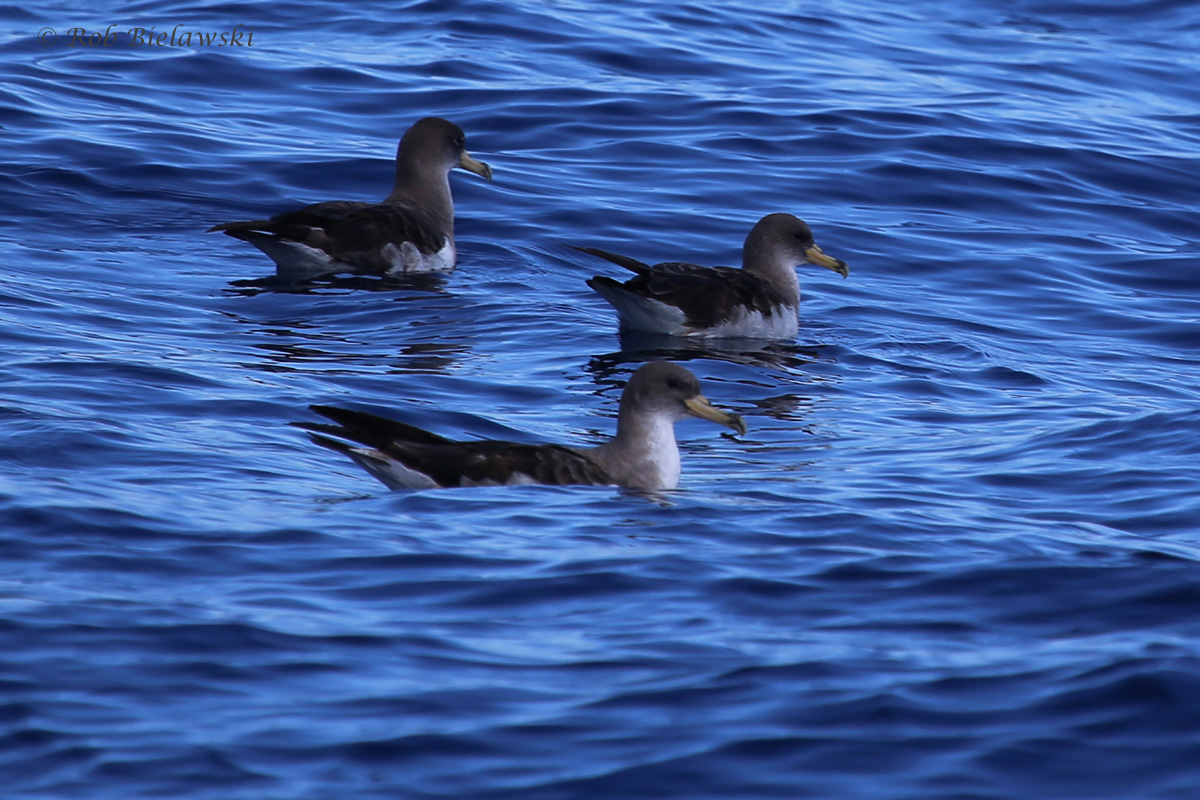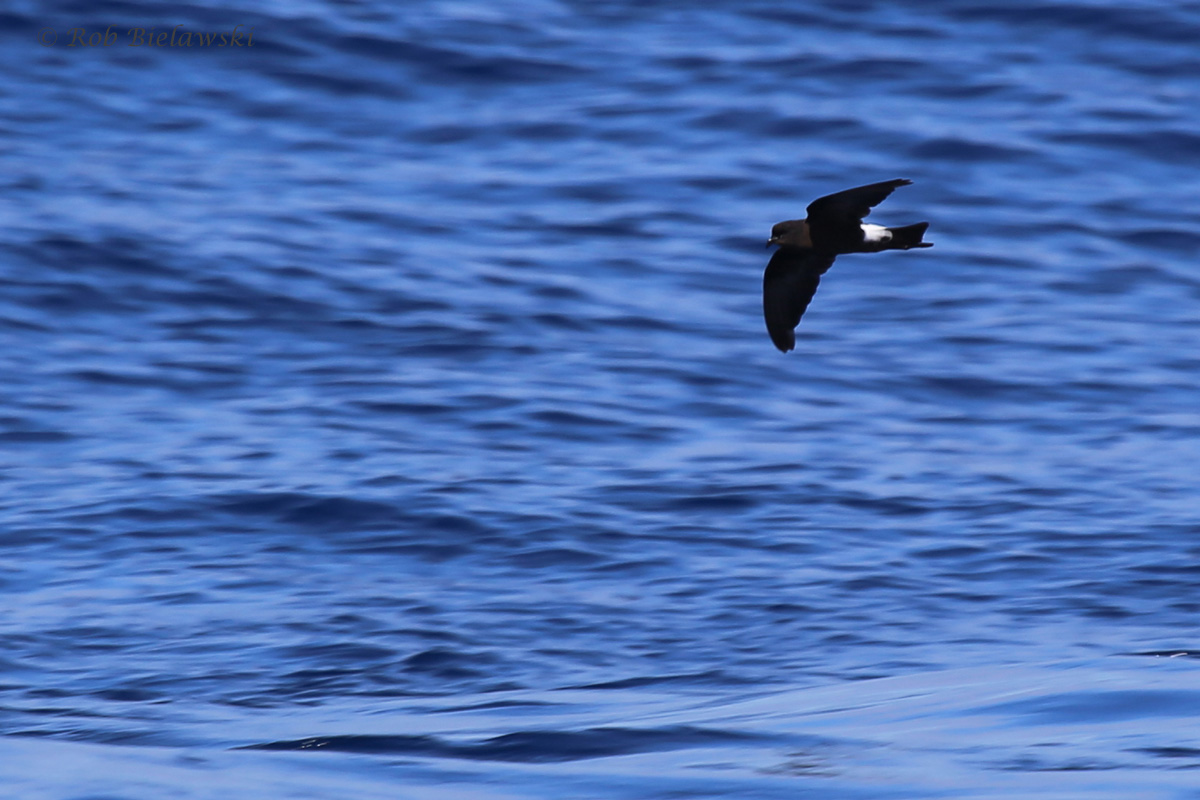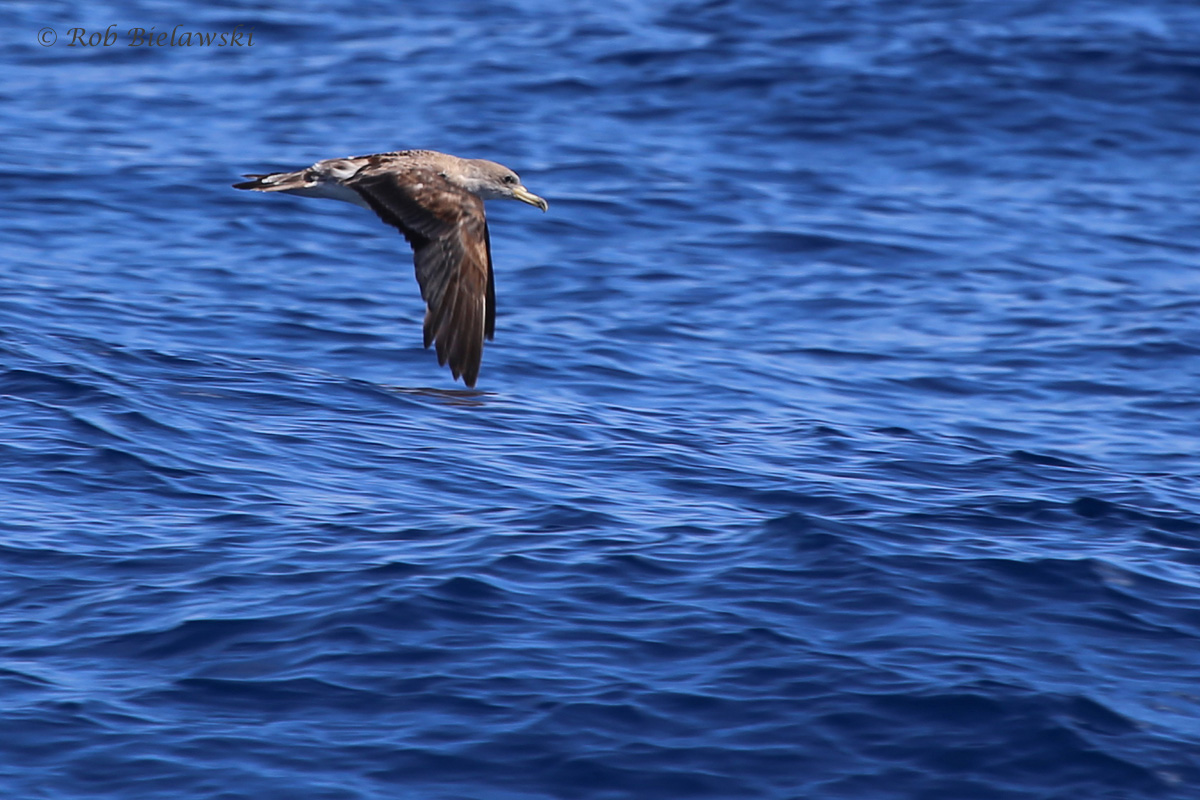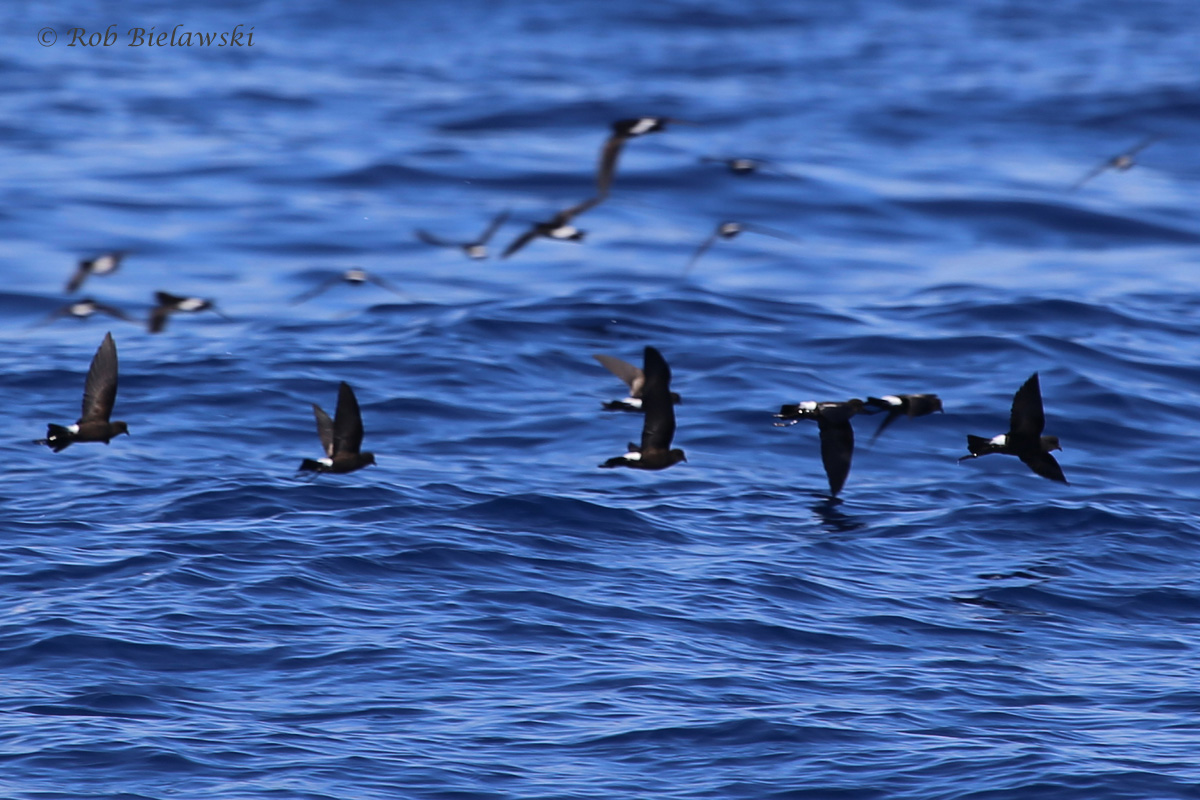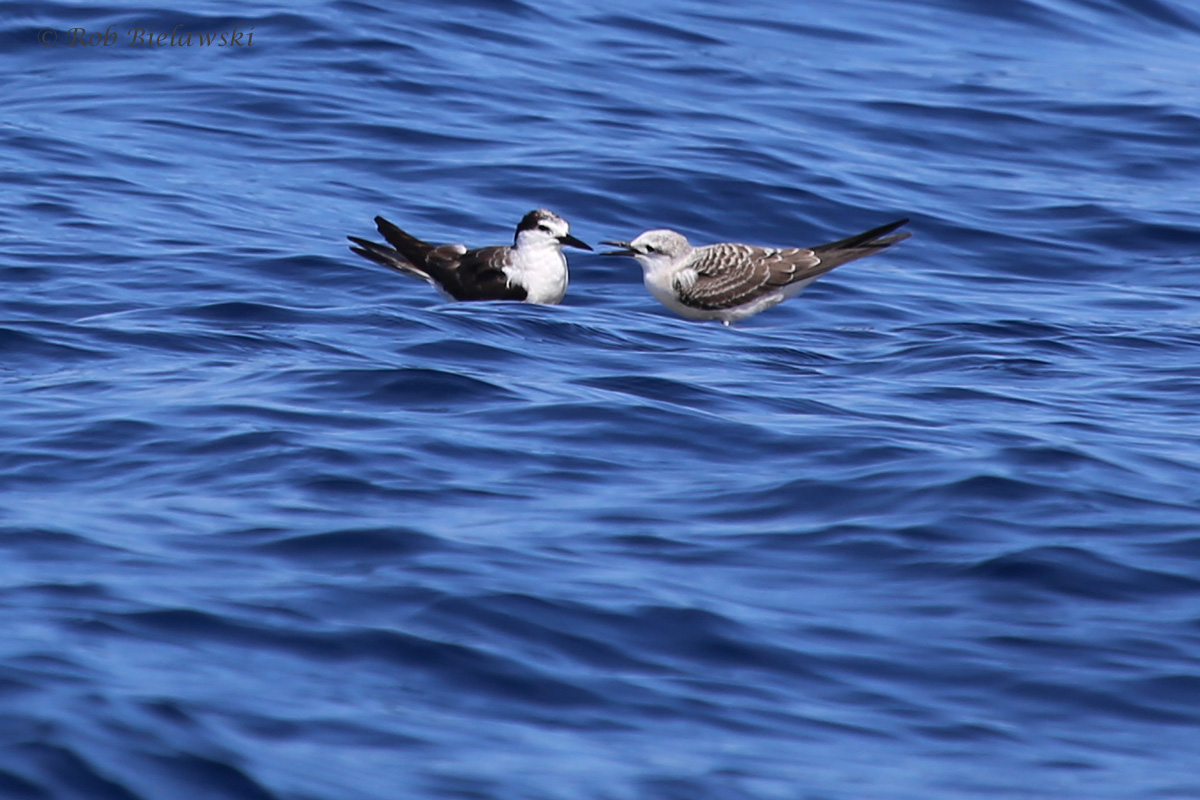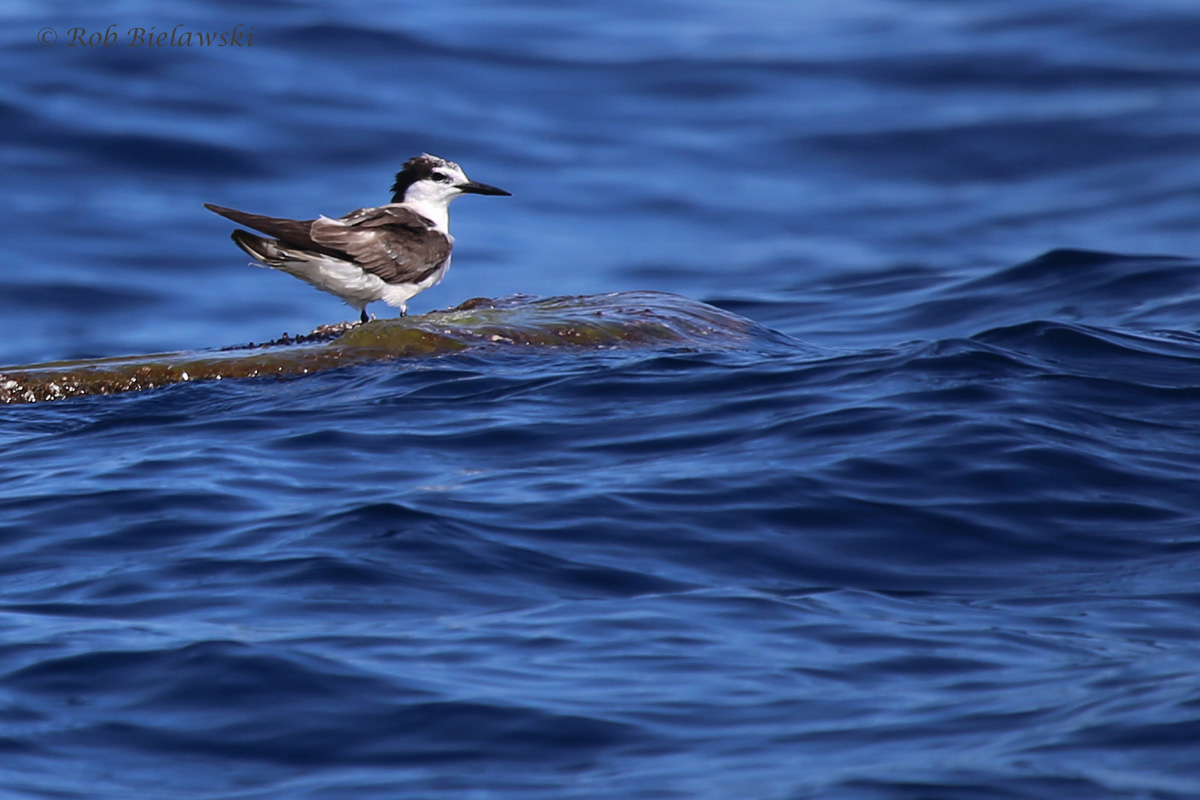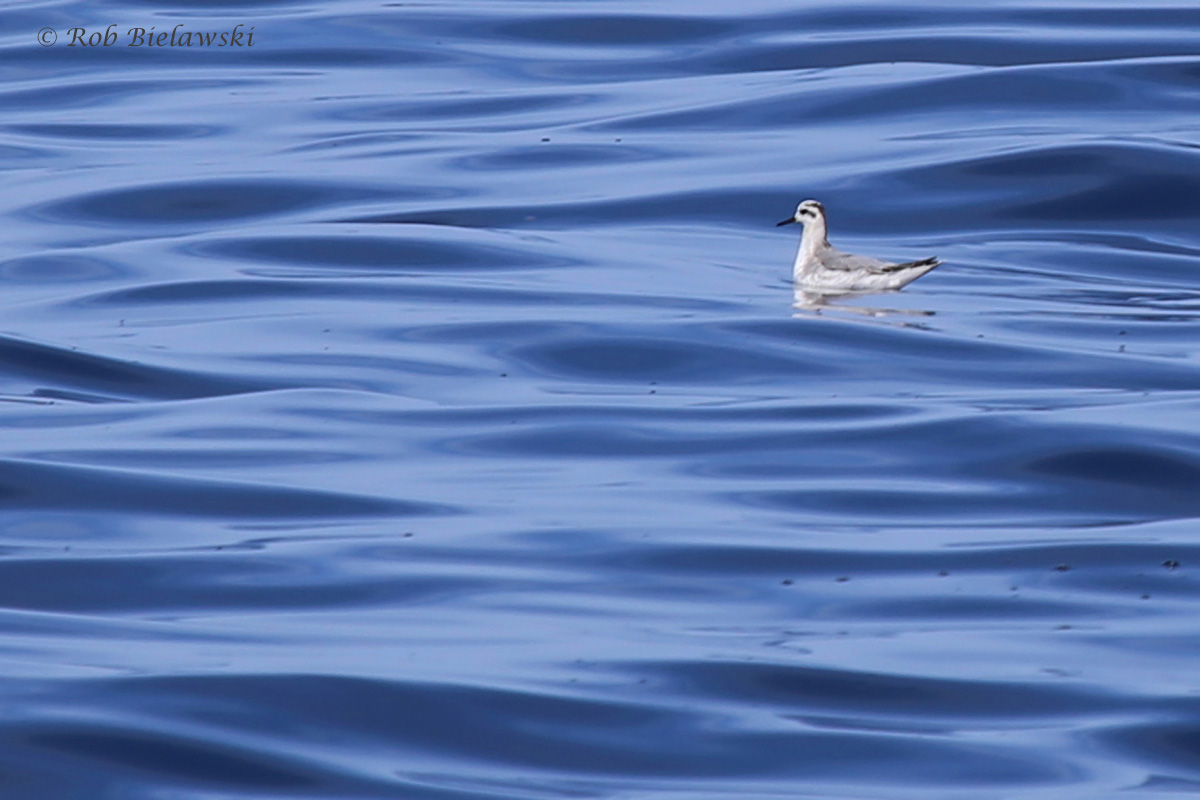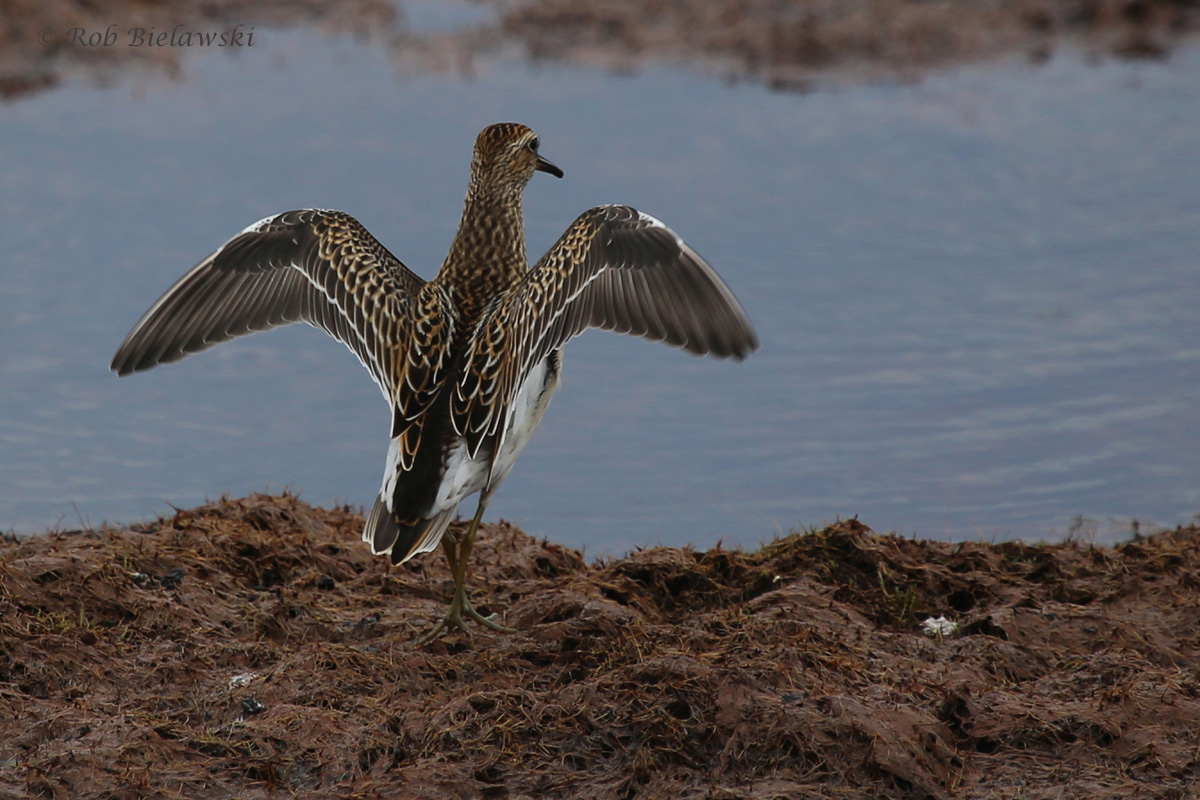Early October 2016 (1st-10th)
/Fall songbird migration held firm at the start of the period, but was quickly replaced by poor weather preceding the landfall of Hurricane Matthew in South Carolina. Conditions across the region deteriorated swiftly, and Virginia Beach was again drowned in heavy rainfall, high winds, and coastal flooding. As the storm cleared at the close of the period, conditions turned favorable once again and one fantastic day of migration was observed on the 10th. A couple of finds stood above all others though this period, and our top birds were BROWN BOOBY & ANHINGA. First-of-season arrivals flooded in throughout the period and included American Coot (early), American Bittern, Philadelphia Vireo, Tundra Swan (early), Savannah Sparrow, Hermit Thrush (early), Yellow-bellied Sapsucker, Ruddy Duck, Sedge Wren, Palm Warbler (Yellow race), Black Scoter, Red-breasted Merganser (early), Northern Gannet (early), Blue-headed Vireo, Golden-crowned Kinglet, Ruby-crowned Kinglet, Dark-eyed Junco, White-throated Sparrow, Swamp Sparrow, Purple Finch & Tennessee Warbler! Continuing instances of late birds included Yellow Warbler, Yellow-throated Warbler, Yellow-throated Vireo, Yellow-breasted Chat, Veery & Black Tern. Lastly, we saw high counts of Northern Parula, Pied-billed Grebe, Black Skimmer, Northern Flicker, and both Nelson’s & Seaside Sparrows.








WEATHER: As with last period, we again found ourselves in the midst of devastating flooding due to a tropical system, this time being Hurricane Matthew. As Matthew trekked across the southern Caribbean, it attained Category 5 status, then made landfall in southwestern Haiti as a Category 4 storm before crossing land again in Cuba and the Bahamas as well. When it approached Florida, it somehow managed to essentially parallel the coastline all the way up to Charleston, SC before finally make landfall again as a Category 1 storm over South Carolina. The storm moved northeastward from there, and its counterclockwise-spinning wind field interacted with a cold front that had settled over our region, causing massive amounts of rain to fall (more than double what local weather crews were predicting). At Oceana NAS, 7.70 inches of rain fell on Saturday, 8 Oct. News stations and personal weather gauges reported amounts up to 12 or even 13 inches across the region so as always, depending on your specific location in the city, you could have seen varying rainfall. All of this precipitation fell onto soil that still hadn’t recovered from the effects of Julia in mid-to-late September, which only complicated matters. Coupled with the winds (a high gust of 62 mph was recorded at Oceana, with maximum sustained winds of 39 mph), a high number of trees uprooted, which caused widespread power outages leaving some 200,000+ residents without electricity as the period drew to a close (as of this writing, things have gotten much better, though not fully resolved). In terms of temperature values this period, overall, early October’s average daily high temperature dropped to 74.5 degrees F (-4.4 degrees from the late September period); the average daytime lows also dropped to 64.9 degrees F (-0.2 degrees). The previous 10-year average daily highs & lows for the mid-September period were 75.9 & 59.3 degrees F, respectively which puts this period in 2016 at -1.4, and +5.6 degrees when comparing to the averages. Also during the previous 10-year period, the maximum average daily highs & lows were 83.1 & 69.9 degrees F (2007). As mentioned, Matthew decimated southeastern Virginia, dropping an incredible amount of rain during a very short period of time (mostly 3 PM through about 8 AM between 8-9 Oct). During the early October period, we received 7.91 inches of rain, with 7.70 of that falling just during the previously mentioned time frame! Oceana’s gauge did not pick up any rainfall on 9 Oct, so it may have gone offline during the storm event as well, so this total could be well under the final tally. Once the storm moved offshore, we were hit with northerly winds again and migration immediately began to pick back up. The forecasts for the coming few days all look excellent, and we should see large numbers of migrants sweeping through the region.
OBSERVATIONS: With several days of overcast and dreary days preceding the impacts of Hurricane Matthew, one could have guessed that this would be a slow period. However, birding observations in Virginia Beach didn’t just maintain the levels from the past period, they managed to improve upon it. In the wake up Hurricane Matthew, the top bird of the period, a BROWN BOOBY (9 Oct / Kim Harrell) was observed flying near the pier on South Thimble Island of the Chesapeake Bay Bridge-Tunnel complex. It was unfortunately searched for the following day to no avail, but this is the first record for the species in Virginia Beach since 2006 (6-8 Aug / First Landing SP / Kim & Matt Hafner [See Page 47, Vol. 80 of The Raven]) so even with only one observer, it is cause for celebration. Another rarity for the area, three ANHINGAS were observed flying over Lake Smith (4 Oct / Tracy Tate) on strong northerly winds that preceded Hurricane Matthew’s approach. So far in 2016, only one other Anhinga has been observed, that record being of an injured bird in July at Stumpy Lake. Interestingly, these three were not observed at the Kiptopeke Hawkwatch site across the Chesapeake Bay’s mouth, so it makes me wonder a bit as to where they might have come from. We’re situated at basically the furthest north and east part of their breeding range, so perhaps these were local this summer and just were never found by any birders. As the introductory paragraph portrays, this was nothing short of an amazing period for first-of-season arrivals. To keep some semblance of order here, I’m going to list the arrivals chronologically, lest this article descend into truly unordered chaos. The first-of-season species observations were as follows: American Coot (3 Oct / Back Bay NWR / Tamara Conklin / slightly precedes expected 5 Oct arrival); American Bittern (3 Oct / Pleasure House Point NA / Timothy Barry); Philadelphia Vireo (3 Oct / Camp Pendleton / Karen & Tom Beatty and Andrew Baldelli / the very first of its kind for Virginia Beach in eBird though an annually transient species that is likely under-represented here); Tundra Swan (4 Oct / Lago Mar / Mary Catherine Miguez / very early ahead of its expected 30 Oct arrival); Savannah Sparrow (4 Oct / Back Bay NWR / Robert Ake); Hermit Thrush (5 Oct / Old Donation Creek / Carolyn Caywood / early for its expected 10 Oct arrival); Yellow-bellied Sapsucker (7 Oct / Glenmore Hunt Tr. / Karen Beatty); Ruddy Duck (7 Oct / Kempsville Lake / Brandon Holland); Sedge Wren (8 Oct / Pleasure House Point NA / Cheryl J Jacobson); Palm Warbler (Yellow Race) (8 Oct / Pleasure House Point NA / Rob Bielawski); Black Scoter (9 Oct / South Thimble Island / Andrew Baldelli / though they can over-summer, this is the first report for some time); Red-breasted Merganser (9 Oct / South Thimble Island / Andrew Baldelli / well ahead of expected 30 Oct arrival); Northern Gannet (9 Oct / South Thimble Island / Andrew Baldelli / slightly early of expected 10 Oct arrival); Blue-headed Vireo, Golden-crowned Kinglet, Ruby-crowned Kinglet, Dark-eyed Junco, White-throated Sparrow, Song Sparrow & Purple Finch (10 Oct / Taste Unlimited Bayville / Andrew Baldelli); and Tennessee Warbler (10 Oct / Lauderdale Ave. / Timothy Barry). In addition to all the first arrivals, some late occurrences of summering and transient species also occurred this period including: Yellow Warbler (last observed 7 Oct / Back Bay NWR / Mary Catherine Miguez), Yellow-throated Warbler (last observed 1 Oct / White House Ln. / Tracy Tate), Yellow-throated Vireo (last observed 3 Oct / Camp Pendleton / Mary Catherine Miguez), Veery (last observed 4 Oct / Taste Unlimited Bayville / Andrew Baldelli), Yellow-breasted Chat (last observed 10 Oct / Davenport Ln. / Tommy Maloney), Black Tern (last observed 9 Oct / Rudee Inlet / Andrew Baldelli). Since migration is reaching its peak, it came as no surprise that higher than typical counts of many species were reported. 36 Northern Parulas were observed at Lake Lawson & Lake Smith NA (6 Oct / Timothy Barry), 35 Pied-billed Grebes were near the visitor center at Back Bay NWR (7 Oct / Mary Catherine Miguez w/33 obs. earlier by Karen & Tom Beatty), and as Hurricane Matthews winds roared ashore, a massive flock of 175 Black Skimmers sought refuge on the Lynnhaven River (8 Oct / viewed from Pleasure House Point NA / Rob Bielawski). Nelson’s and Seaside Sparrows were also observed in high numbers thanks in part to the higher than typical tides we received due to the onshore winds and excessive rainfall. High water like this forces these marsh dwelling sparrows to move further up the grasses that they can be seen clinging too, putting them into a better spot for viewing. Northern Flickers have also started to move through in high counts, and as the period came to a close, it seemed as though a large movement of landbirds was looming, as seen through all the first-of-season arrivals on 10 Oct, notably along the Shore Drive corridor (the first land that these birds hit after their treacherous crossing of the Chesapeake Bay from the Eastern Shore). Depleted and exhausted, these birds seek both shelter and food to regain energy and will be easiest observed in and around thick vegetation as a result.
SPECIES DOCUMENTED BY MEDIA and submitted to eBird for Virginia Beach during this period included: 1 OCT – Nashville Warbler & Palm Warbler (Back Bay NWR / Mary Catherine Miguez); Yellow Warbler (Back Bay NWR / Lisa Rose). 2 OCT – Turkey Vulture & Red-tailed Hawk (Recreation Dr. / Clyde Wilson). 3 OCT – American Coot, American Kestrel, Eastern Phoebe, Nashville Warbler, Common Yellowthroat, Palm Warbler & Field Sparrow (Back Bay NWR / Tamara Conklin); Rose-breasted Grosbeak (Back Bay NWR / Bob McAlpine); American Coot (Back Bay NWR / Karen & Tom Beatty); Yellow-billed Cuckoo, Carolina Chickadee & Northern Cardinal (Lake Lawson & Lake Smith NA / Rob Bielawski). 5 OCT – Hermit Thrush & Yellow-breasted Chat (Old Donation Creek / Carolyn Caywood). 6 OCT – Canada Goose, Brown Pelican, Osprey, Herring Gull & Caspian Tern (Fort Story / Karen & Tom Beatty); Belted Kingfisher, Red-headed Woodpecker, Downy Woodpecker & Yellow-rumped Warbler (First Landing SP / Karen & Tom Beatty). 7 OCT – Black-throated Blue Warbler (Stumpy Lake NA / Betty Sue Cohen); Pied-billed Grebe, Great Blue Heron, White-eyed Vireo, Carolina Chickadee, Northern Mockingbird, Yellow Warbler & Field Sparrow (Back Bay NWR / Mary Catherine Miguez). 8 OCT – Great Blue Heron, Nelson’s Sparrow & Boat-tailed Grackle (Pleasure House Point NA / Rob Bielawski); Merlin (Pleasure House Point NA / Rob Bielawski). 9 OCT – BROWN BOOBY (South Thimble Island / Kim Harrell). 10 OCT – Yellow-billed Cuckoo & Dark-eyed Junco (Taste Unlimited Bayville / Andrew Baldelli); Eastern Phoebe, Common Yellowthroat & Palm Warbler (South Thimble Island / David Clark); Golden-crowned Kinglet (Lago Mar / Mary Catherine Miguez).
LOOKAHEAD: Thankfully, it appears we are in for some nice weather over the coming days, which should allow for a lot of birders to be out in the field seeking out migrant songbirds. Waterfowl will also start making their moves soon, but the next period should be dominated by songbirds, which are likely now past their peak of migration, but should still provide excitement. Sparrows and wintering landbirds will also show up in good numbers moving forward, and this might be the period where we become overrun by Yellow-rumped Warblers. Thickets and small pockets of forest with several stories of vegetation should continue to give up great birds, and remember, of the species that are expected here during fall, we have not yet logged our first Blue-winged Warbler & Chestnut-sided Warbler (mid-August arrivals), Blackburnian Warbler (late August arrival), Northern Pintail (early September arrival), Gray-cheeked Thrush (mid-September arrival), Orange-crowned Warbler & Winter Wren (late September arrivals), Purple Sandpiper, Brant, American Pipit, White-crowned Sparrow, Surf Scoter, American Woodcock, Bonaparte’s Gull & Horned Grebe (early October arrivals) & Rusty Blackbird, Redhead, Ring-necked Duck, Greater Scaup, Lesser Scaup, White-winged Scoter & Great Cormorant (mid-October arrivals) in Virginia Beach yet this fall. There are plenty of rarities to be looking for also right now as we get closer to vagrant season in November!
Next Entry | Entry Index | Previous Entry
For more information on this thrice-monthly Birding Blog, please check out the Journal Overview Page on the website. It provides background information as to what sightings are considered for the blog, details about the format of the blog, and it will likely answer many other questions that readers might be wondering about as well! As always, thank you for reading, and please leave me a comment below (you may use your Facebook, Gmail or other accounts to easily do so), or just click the Heart icon to the lower right of this post to let me know you stopped in!
